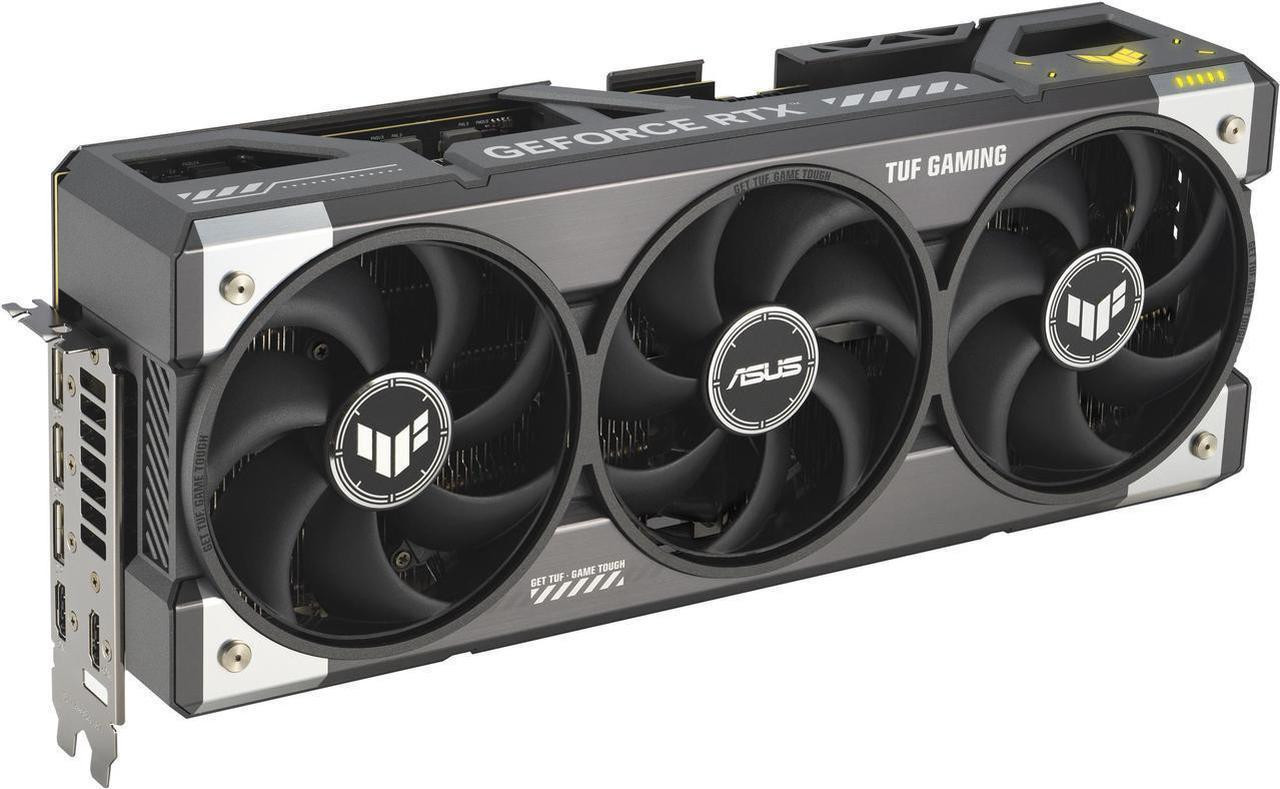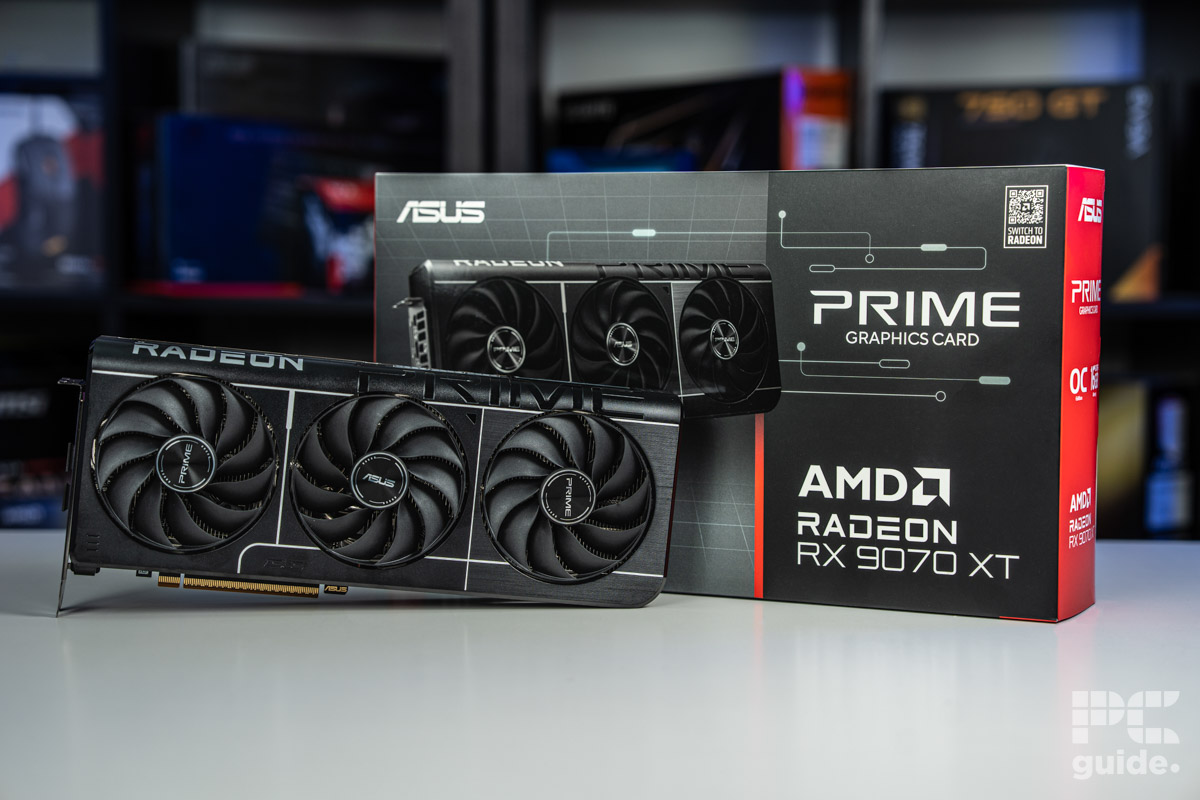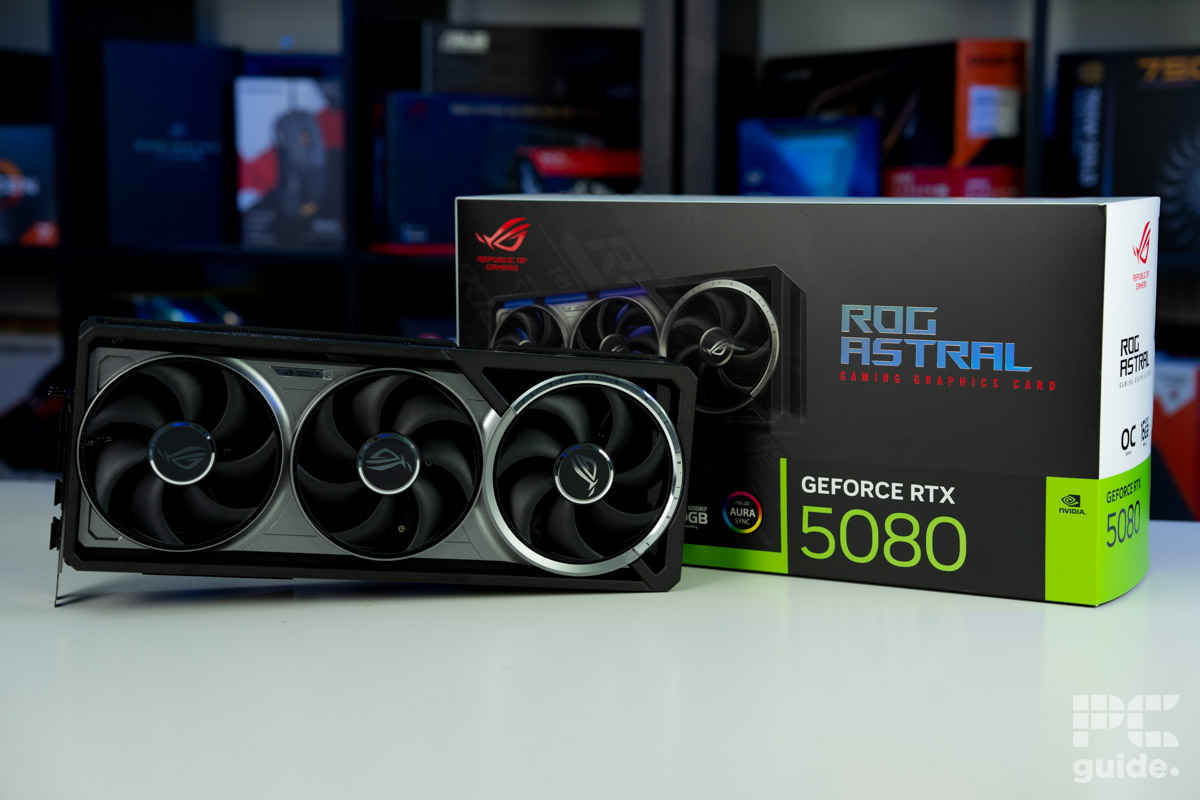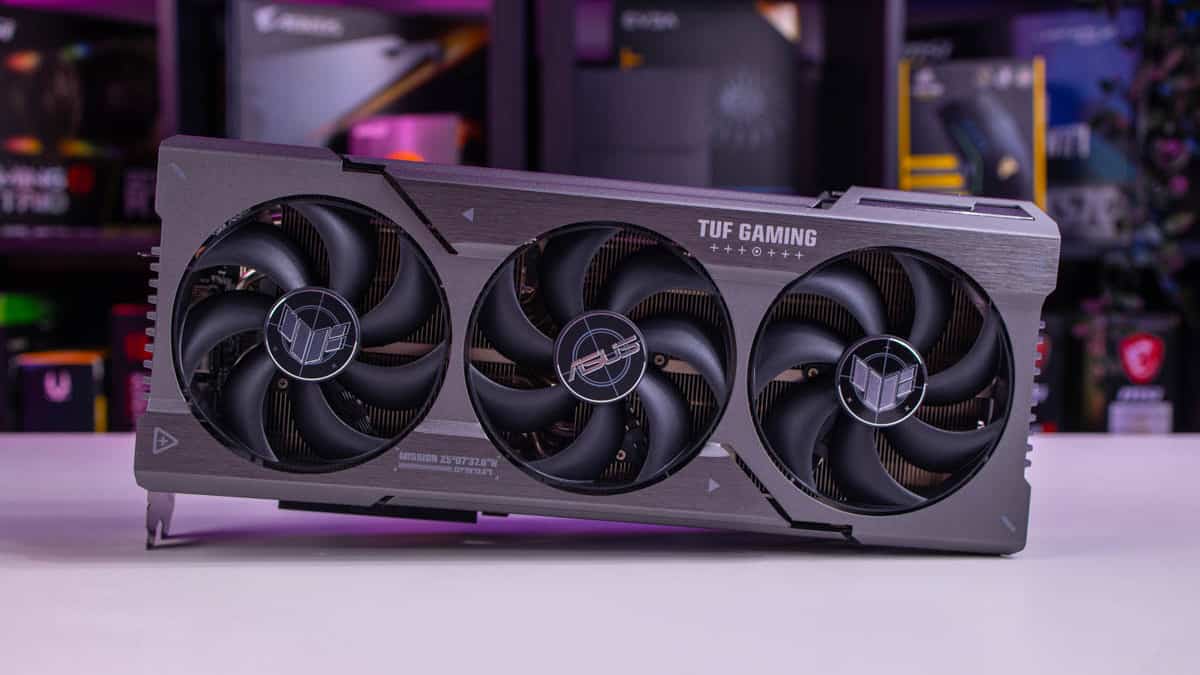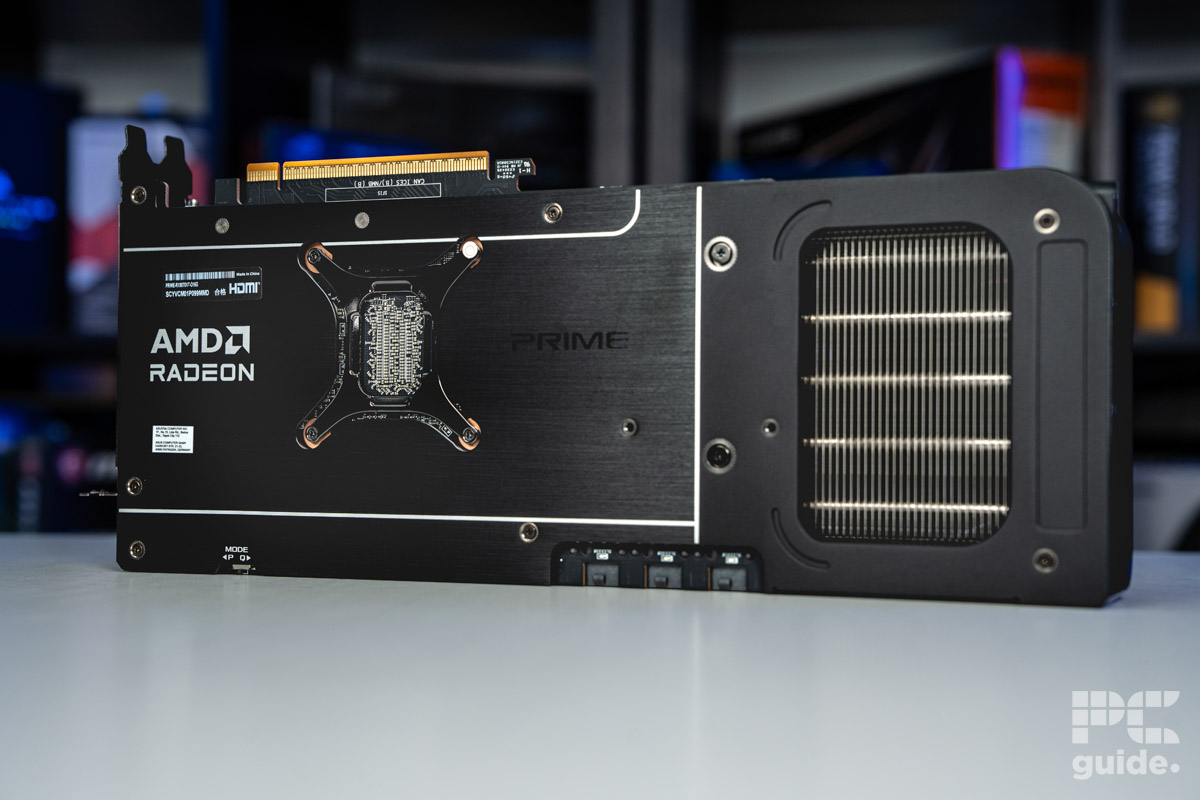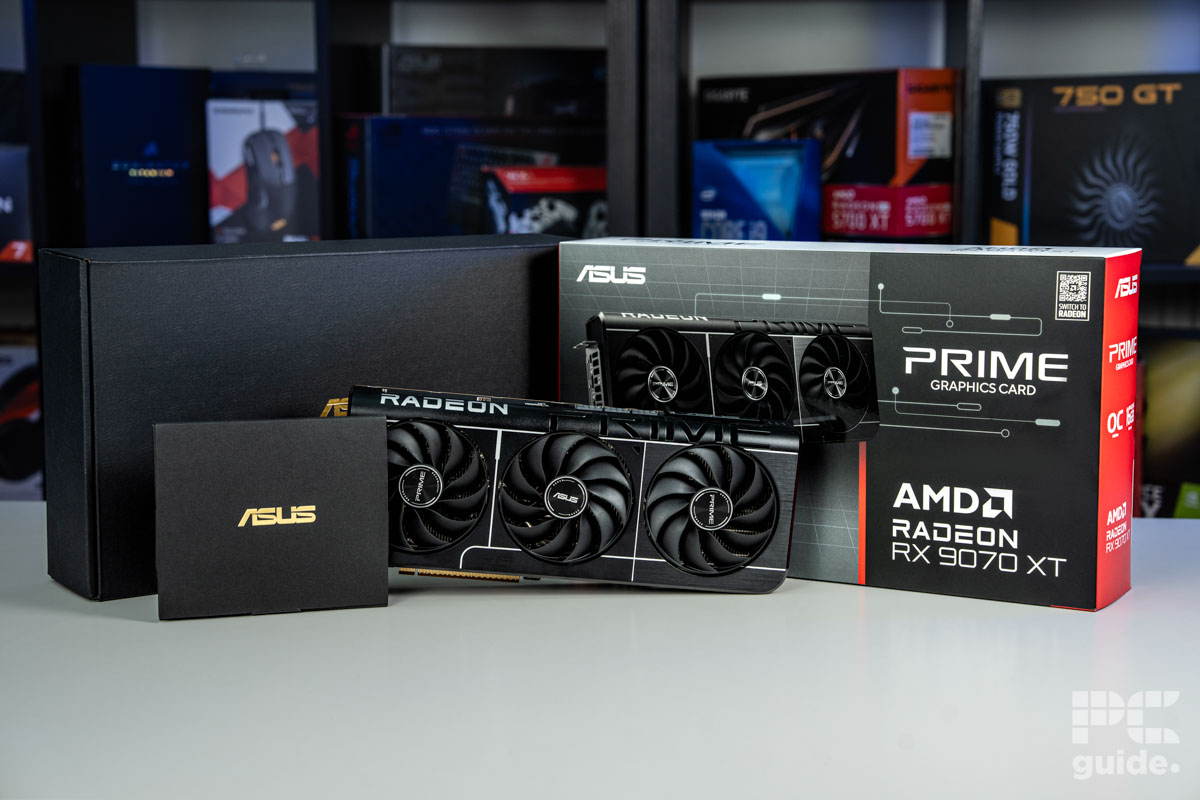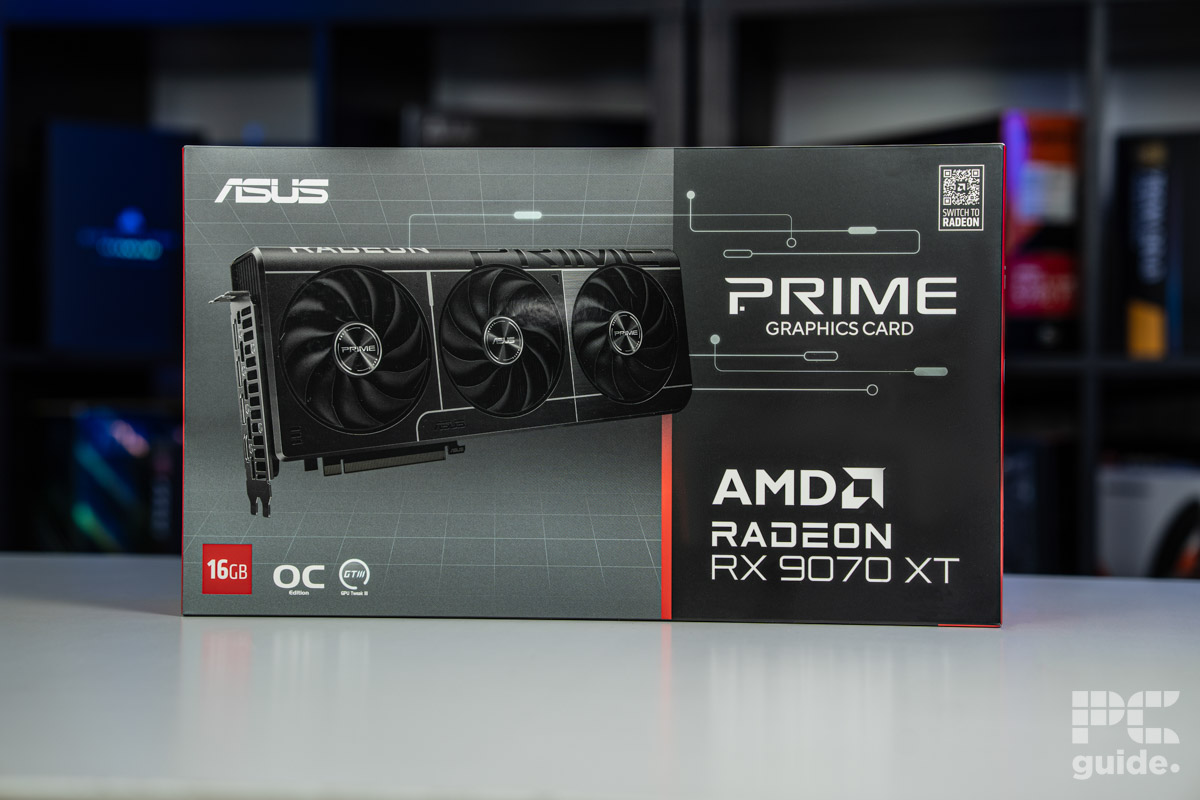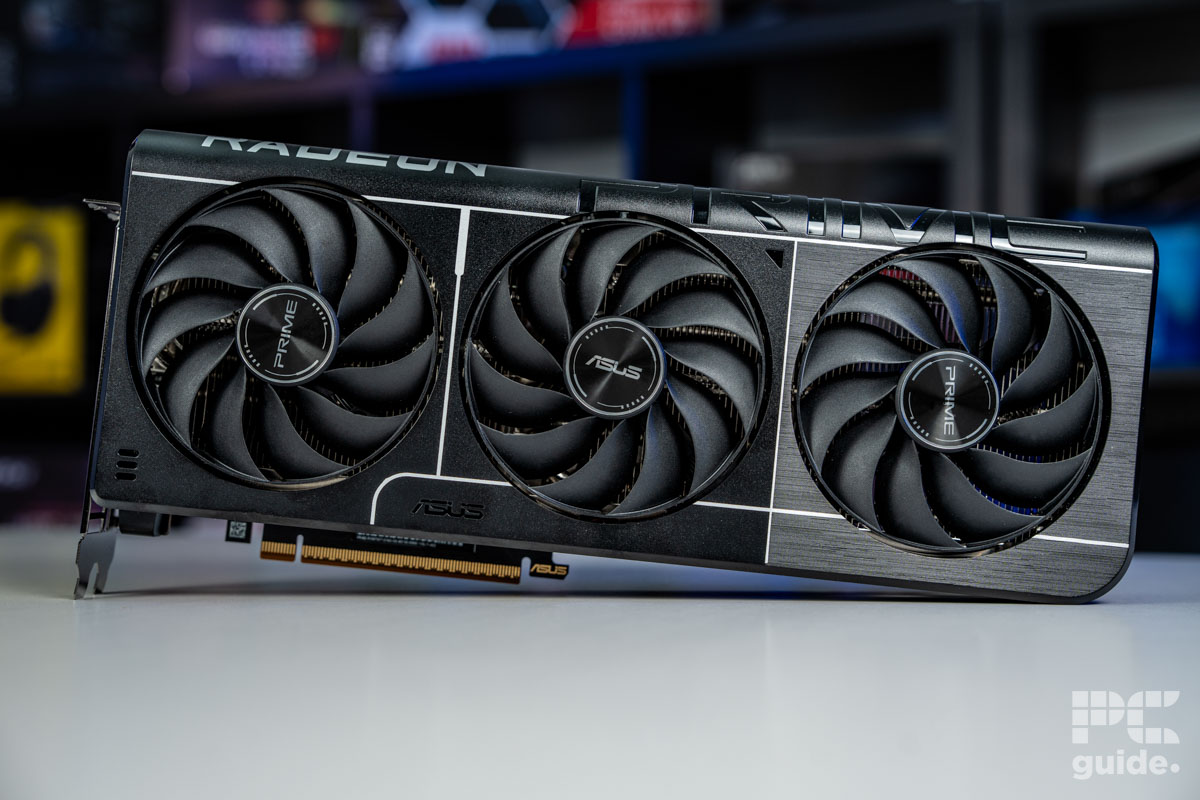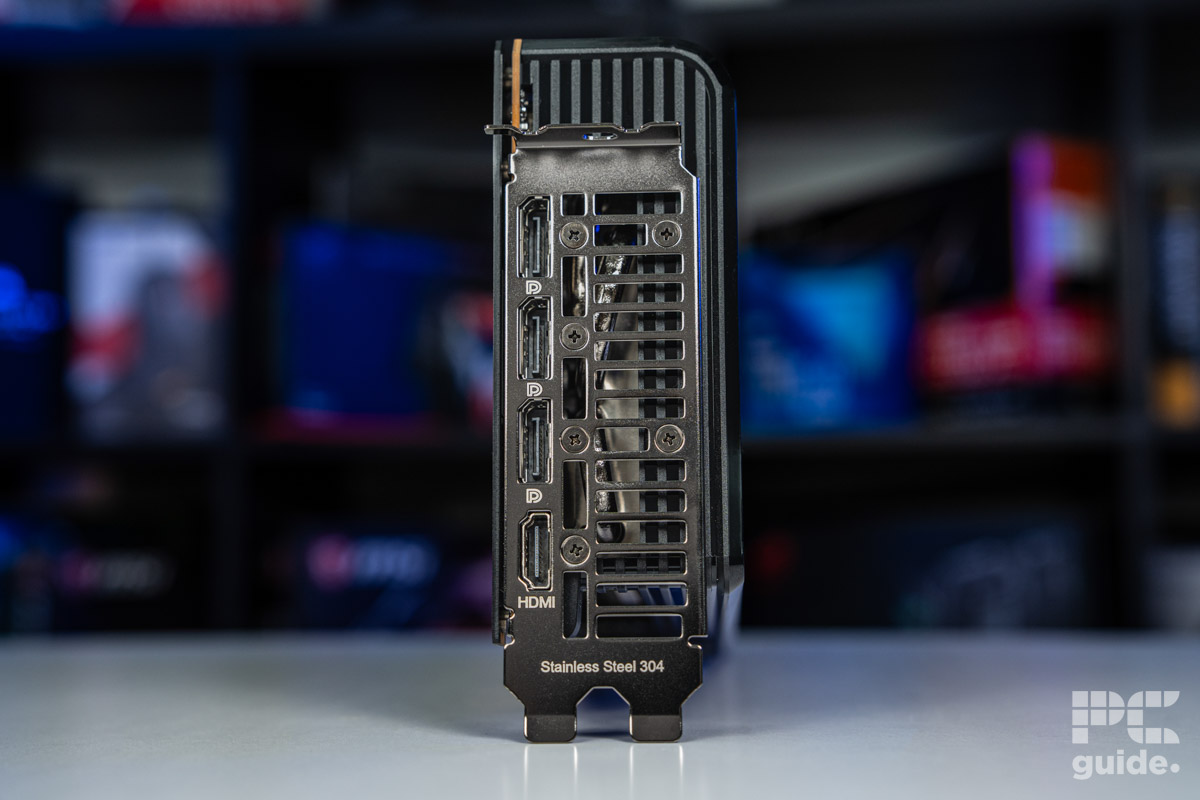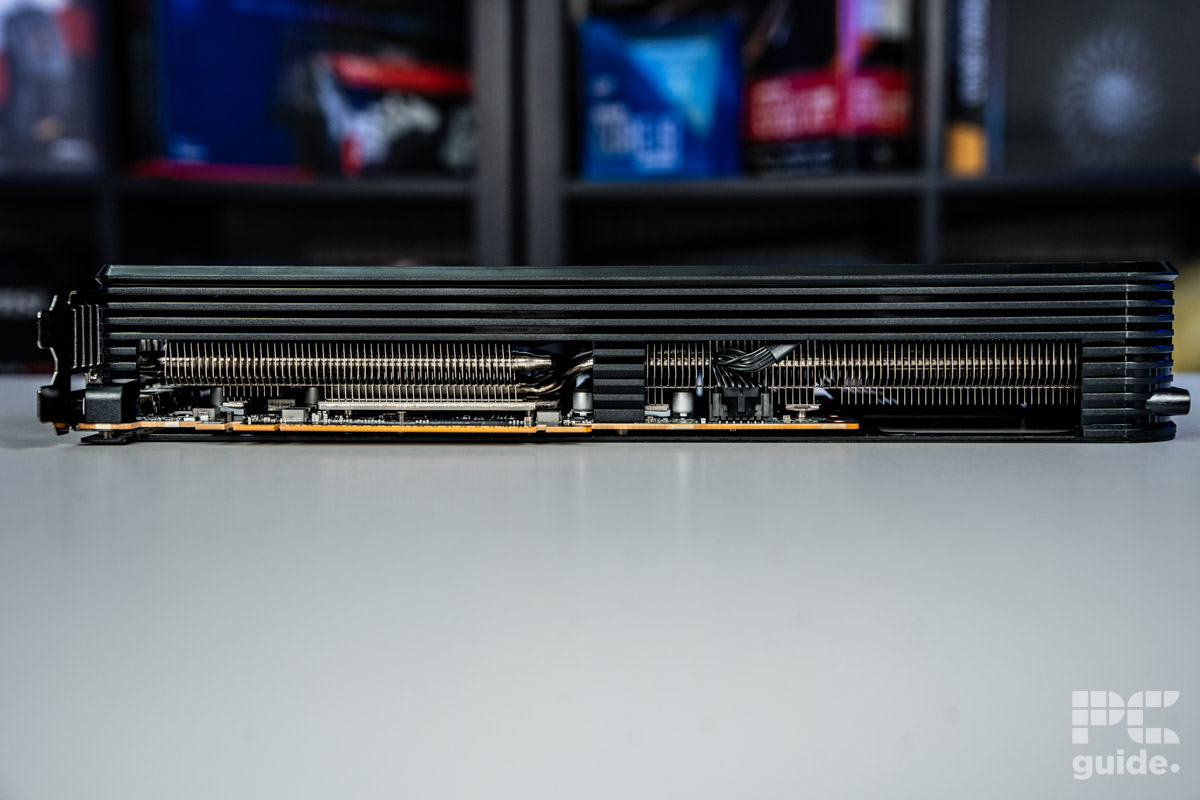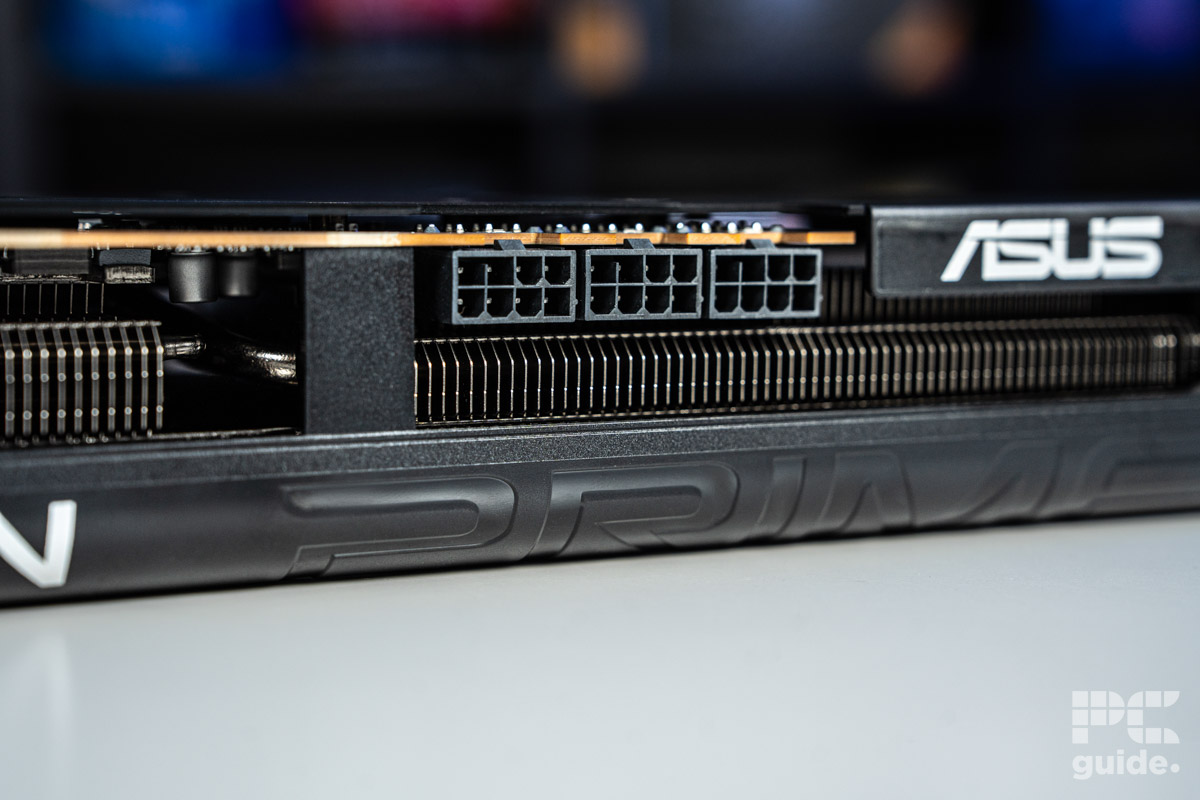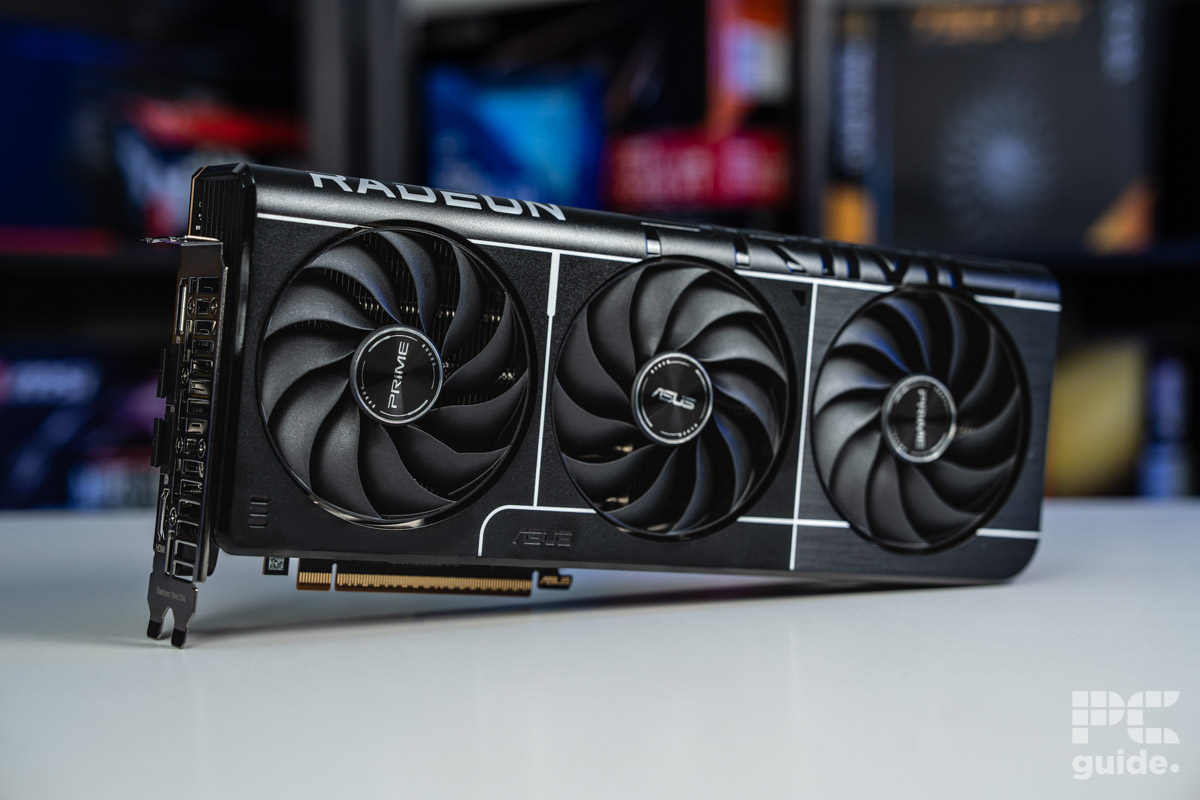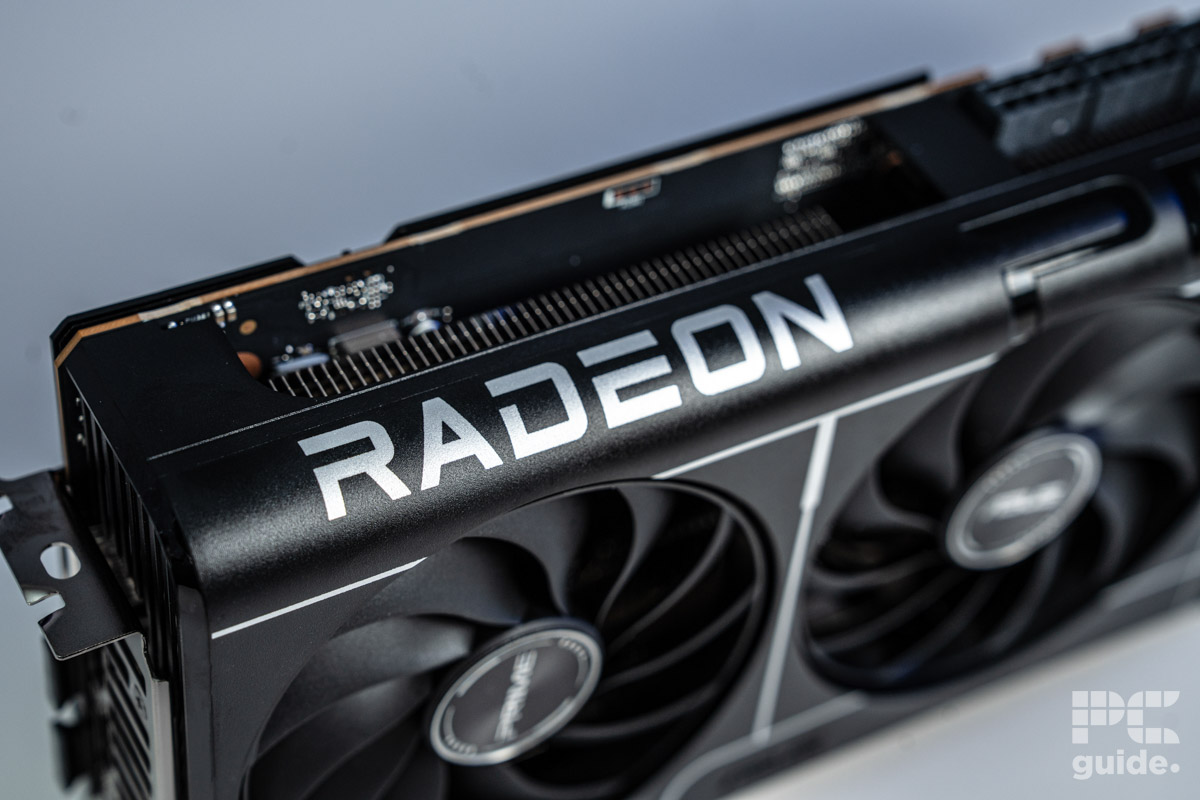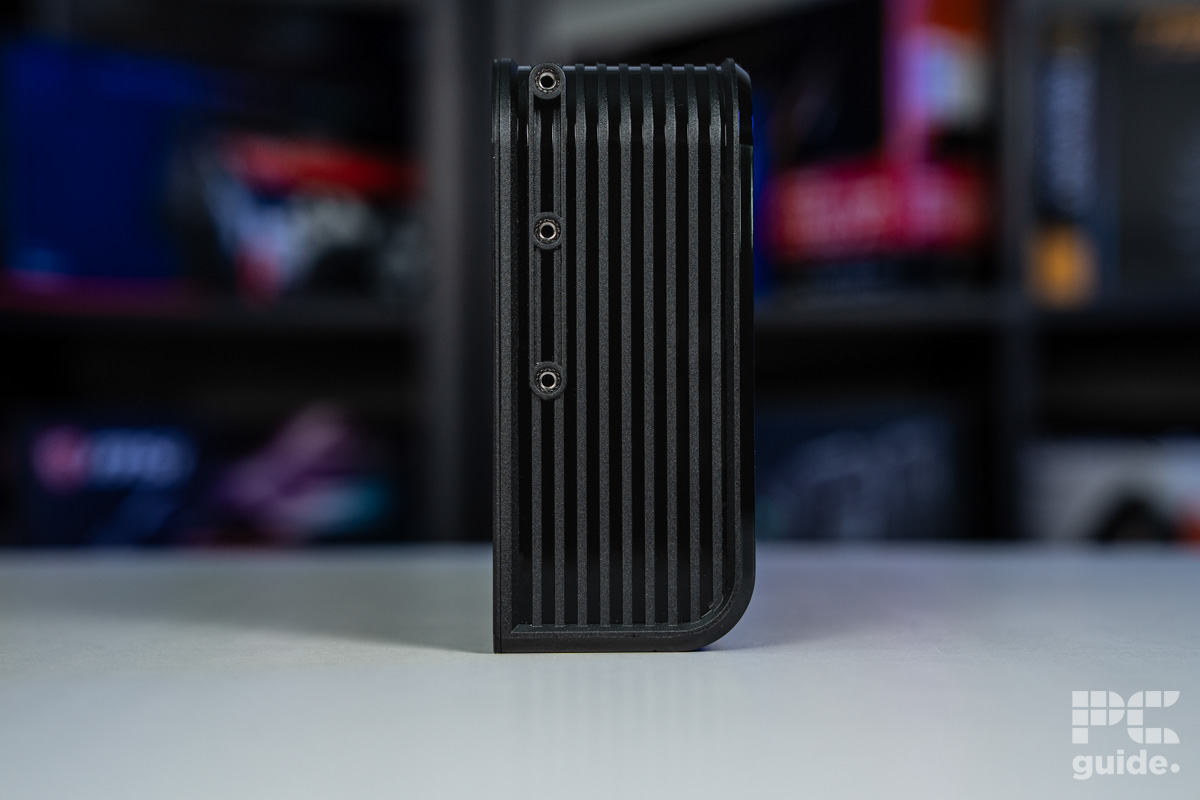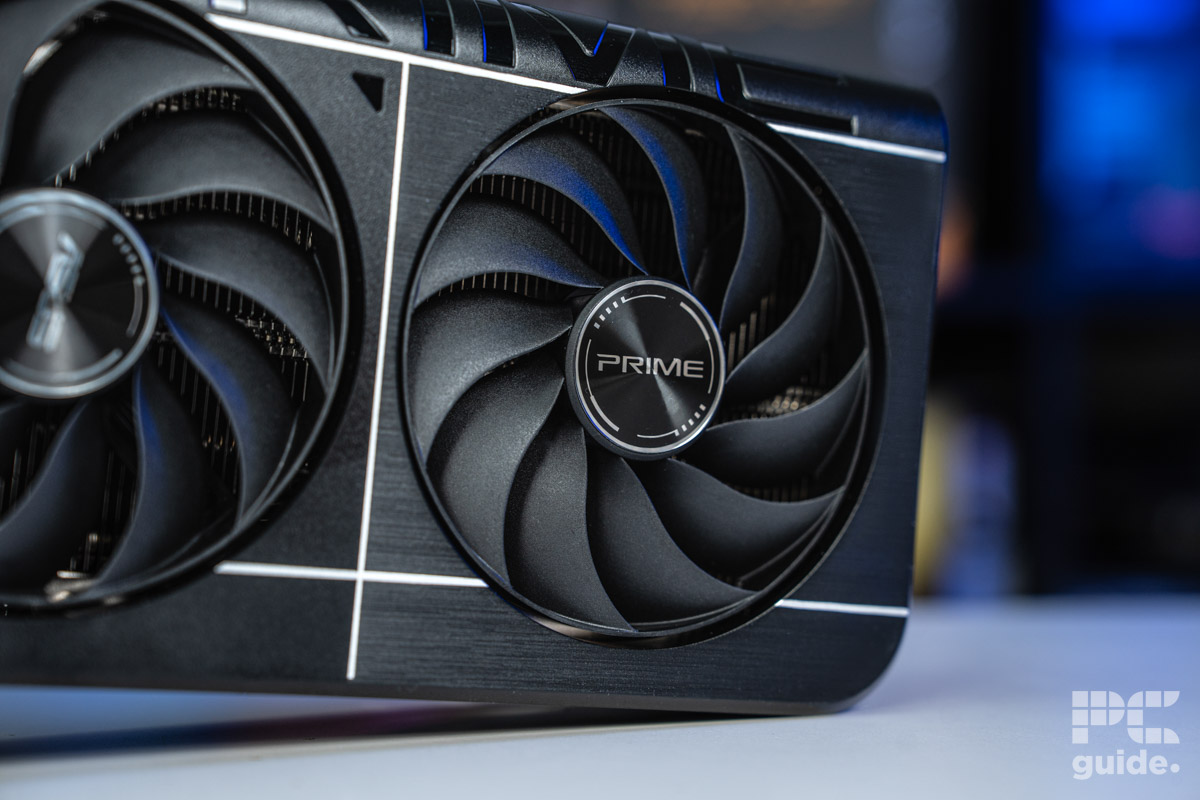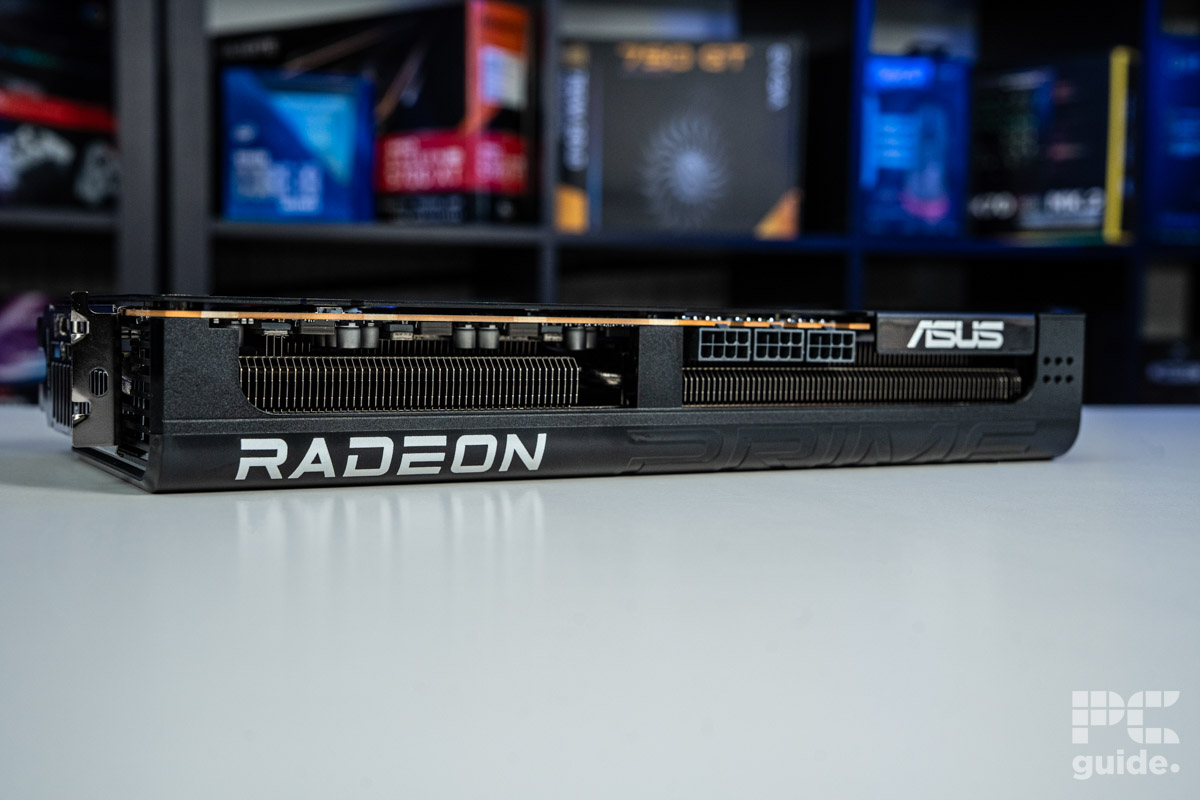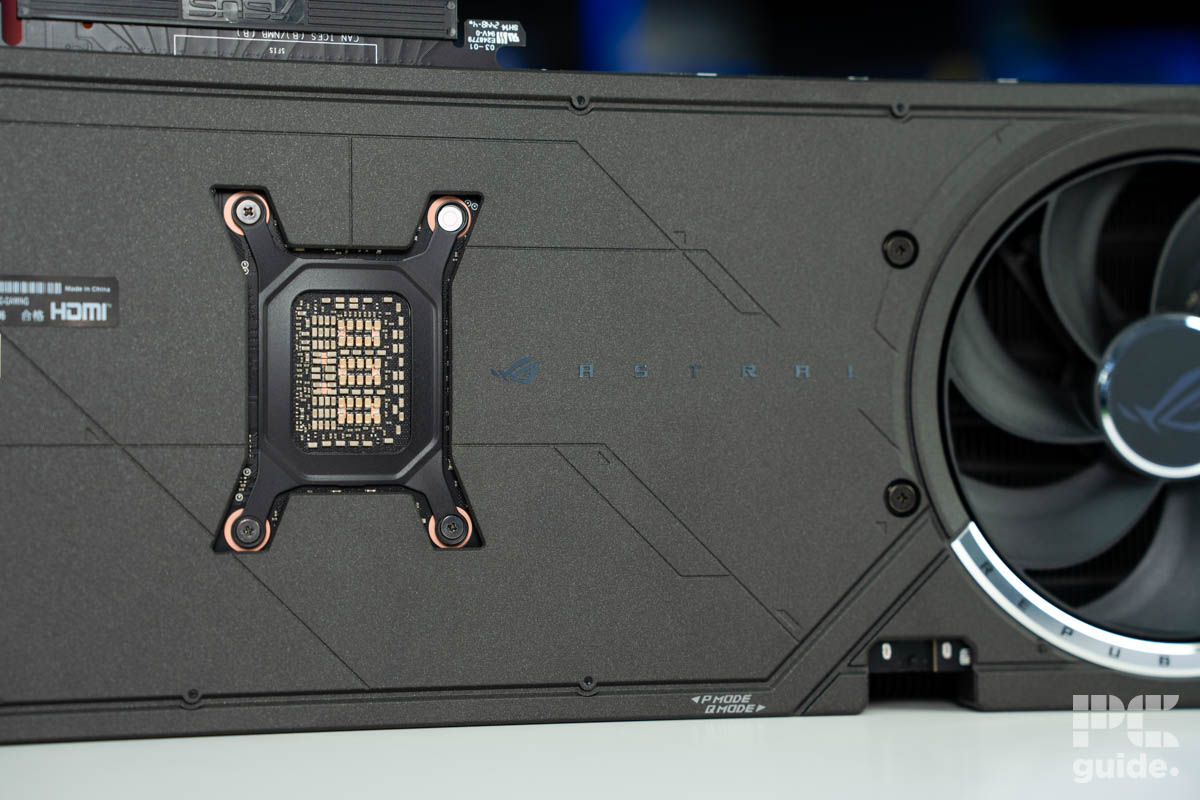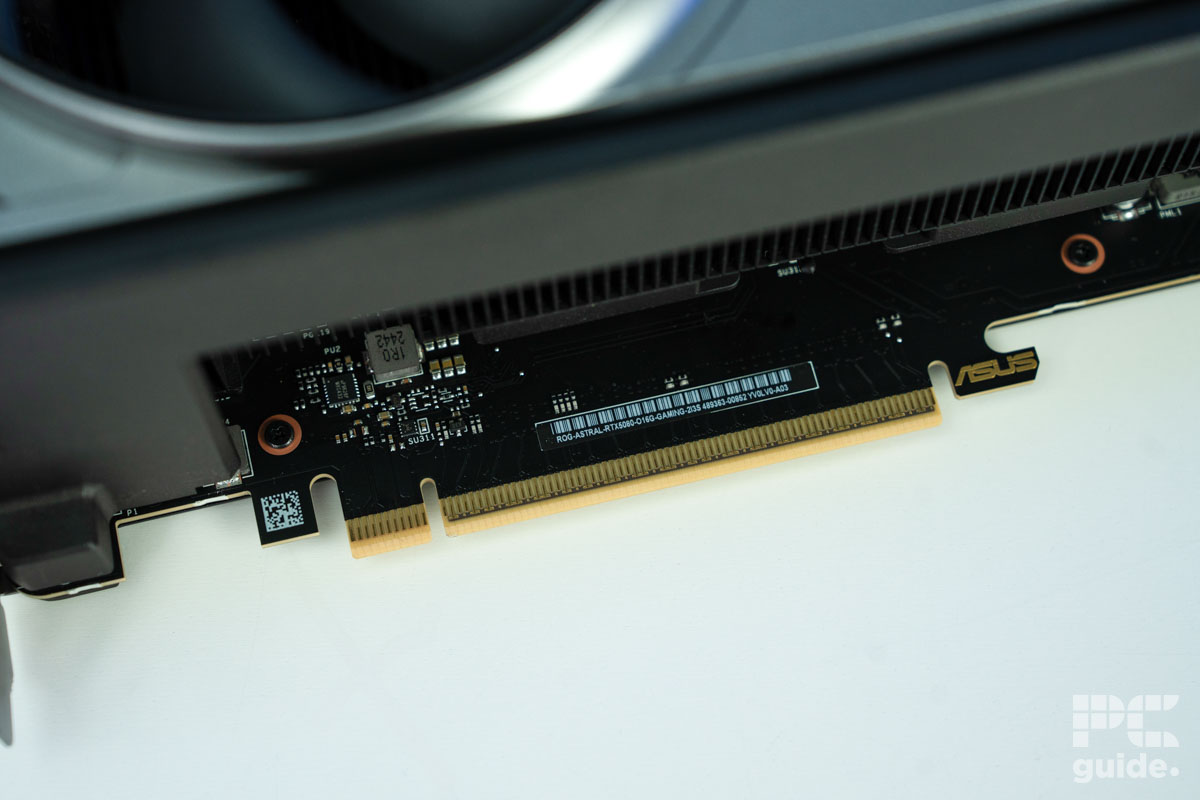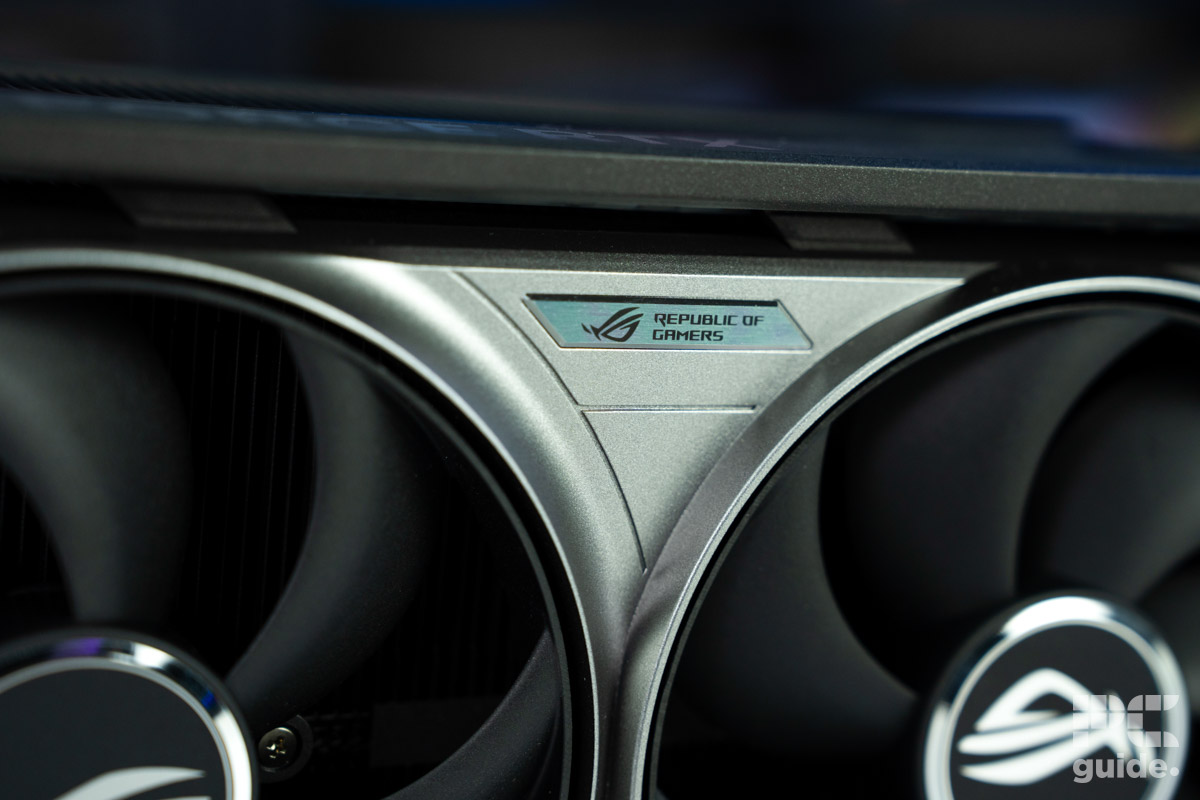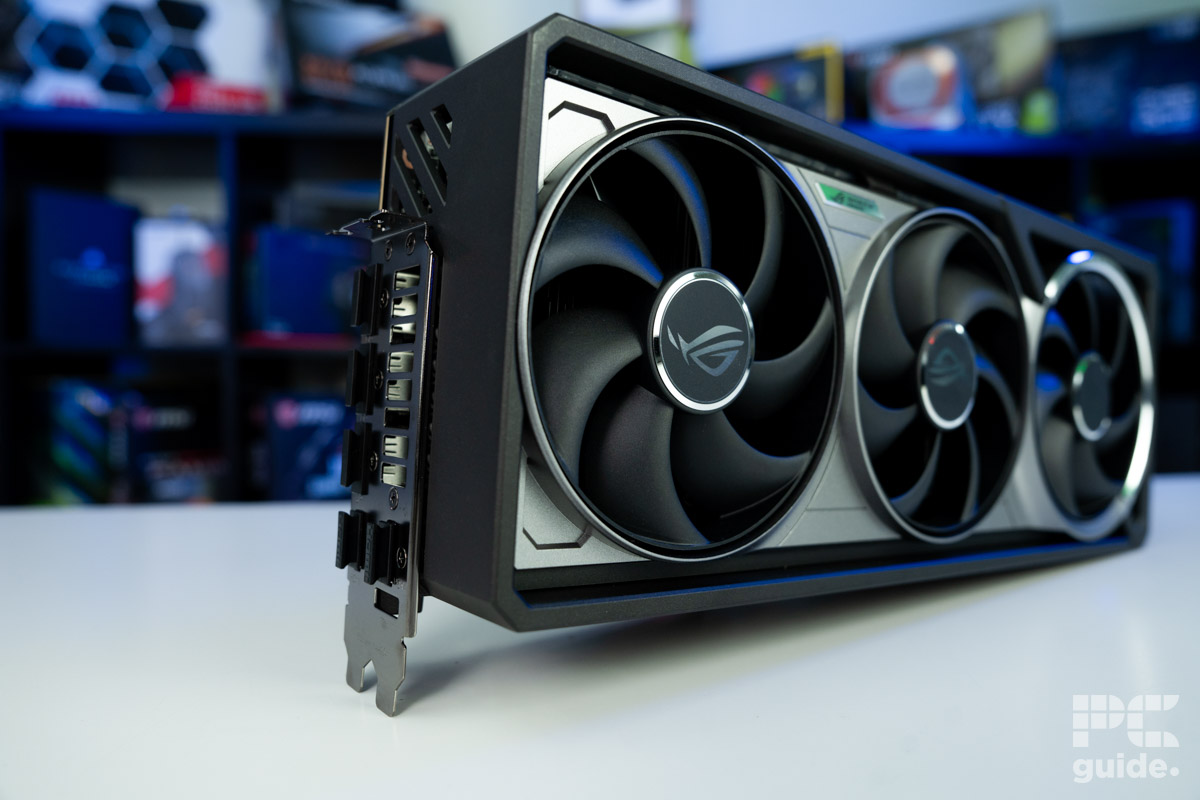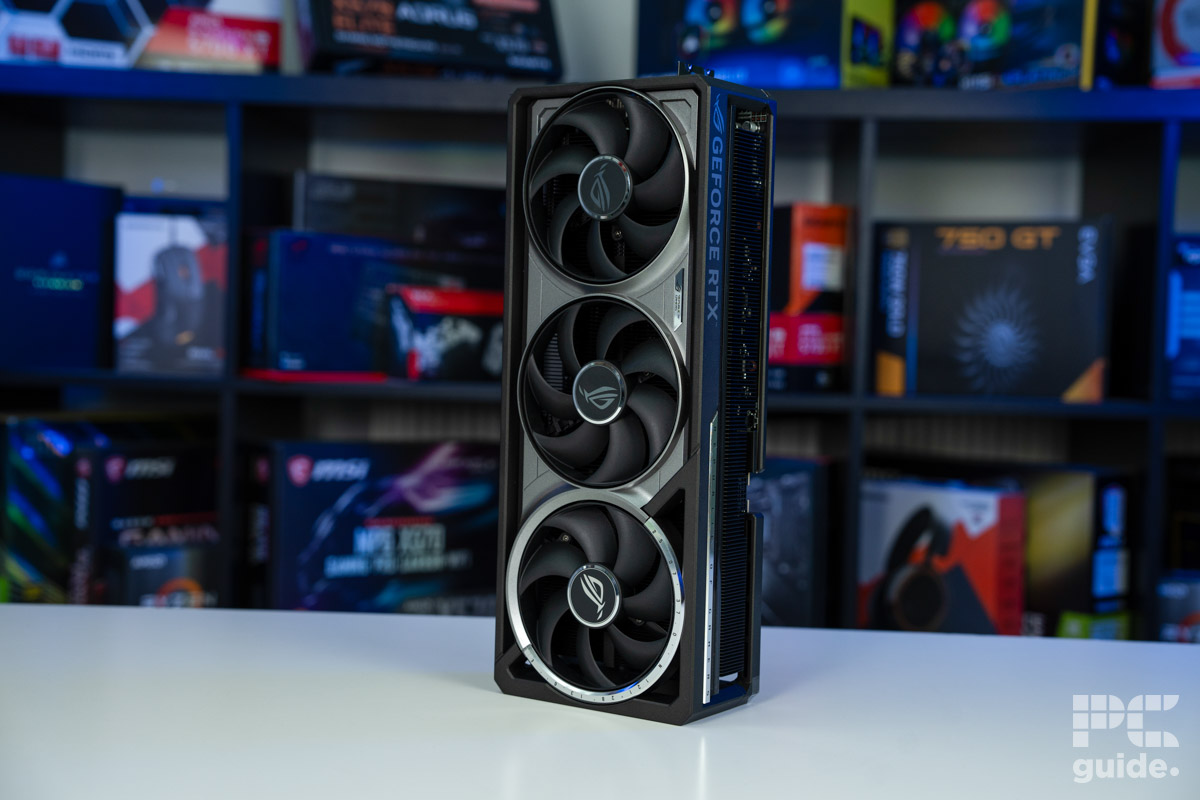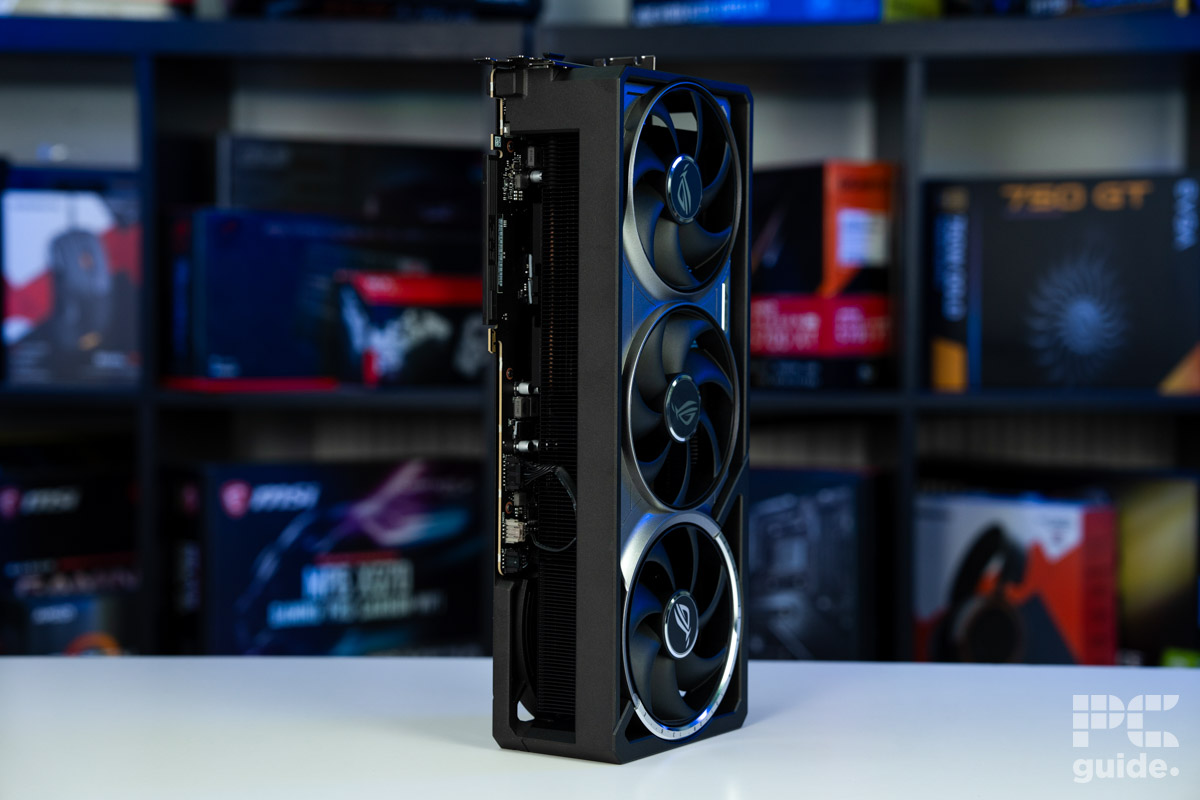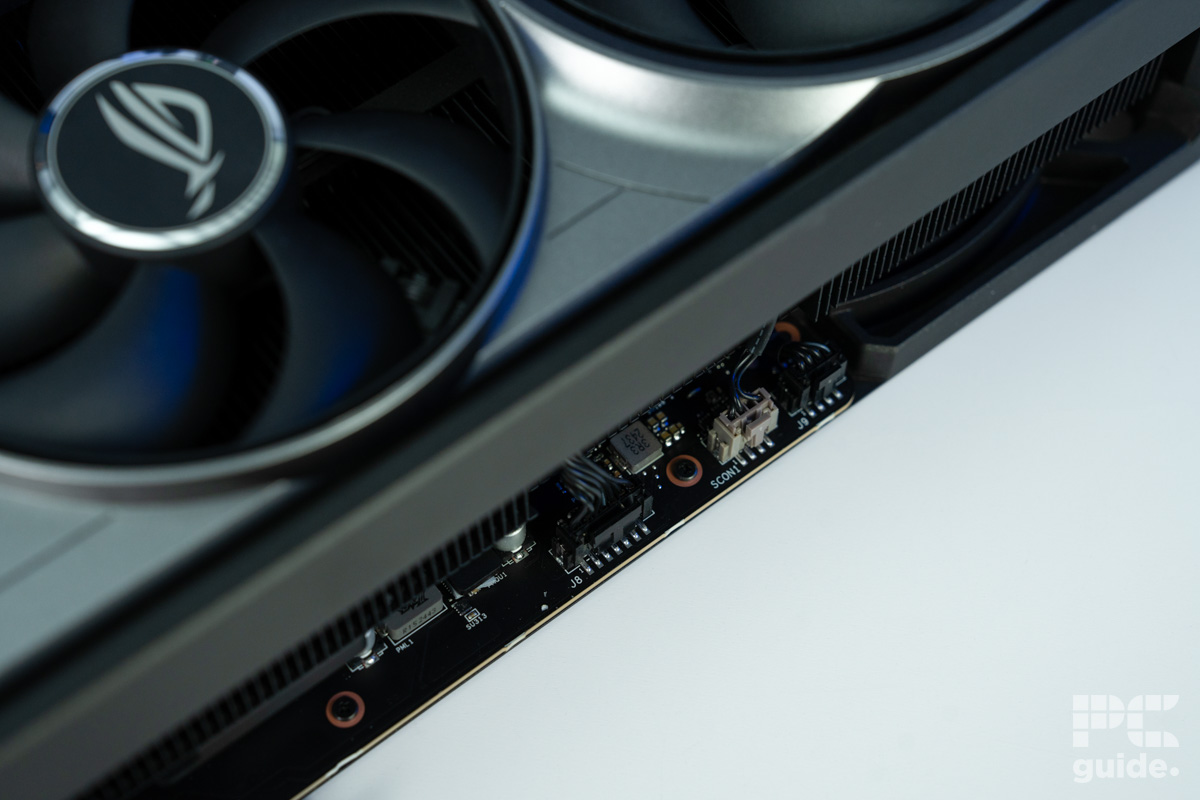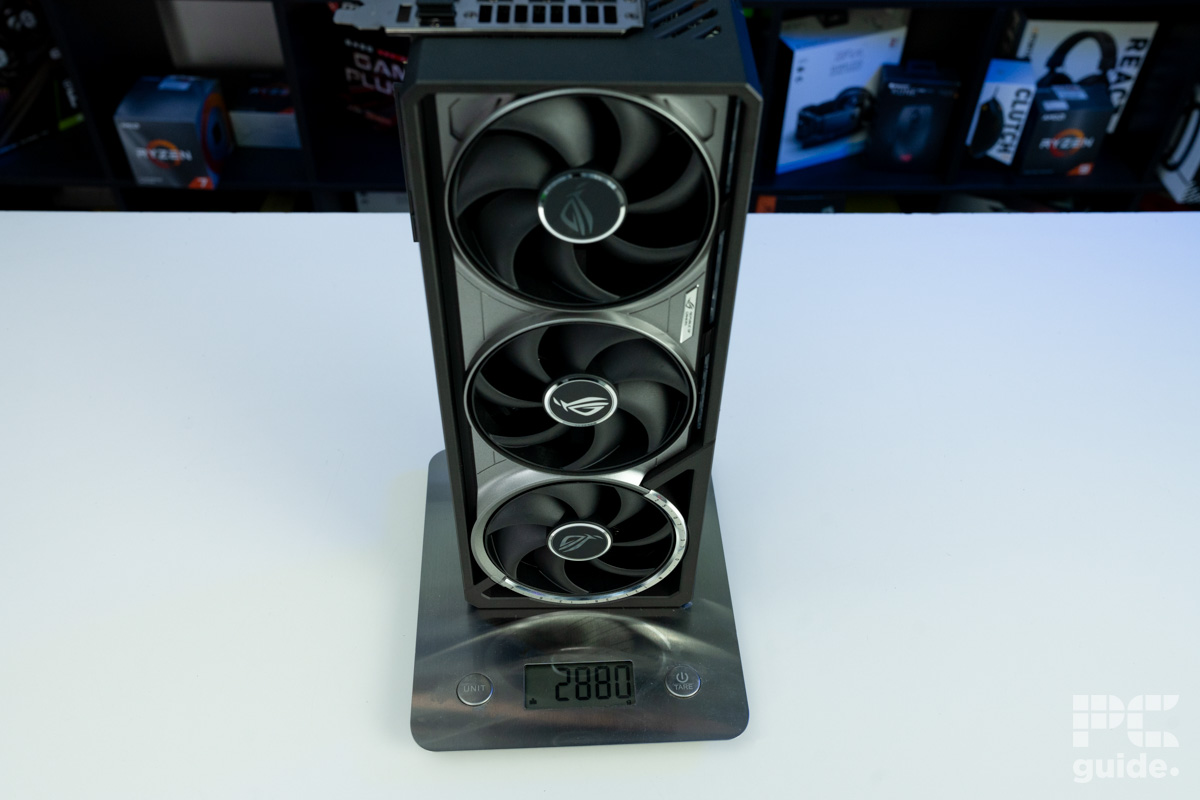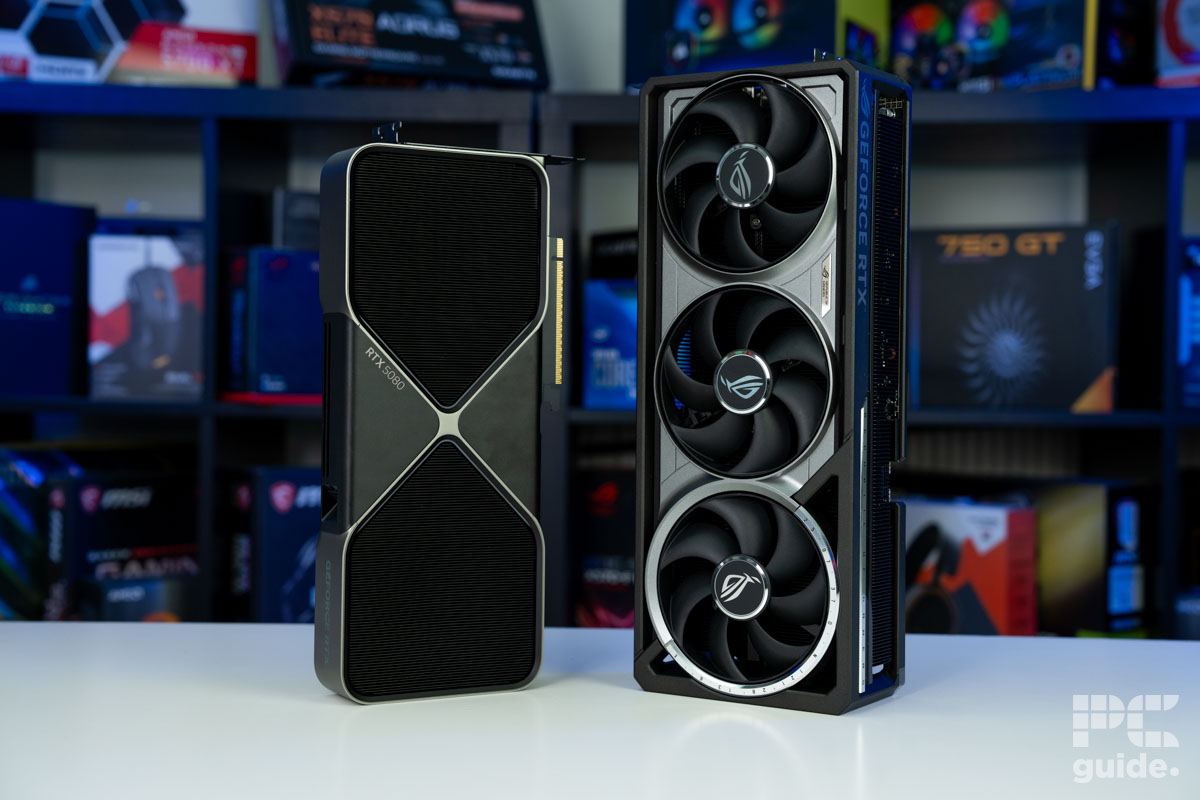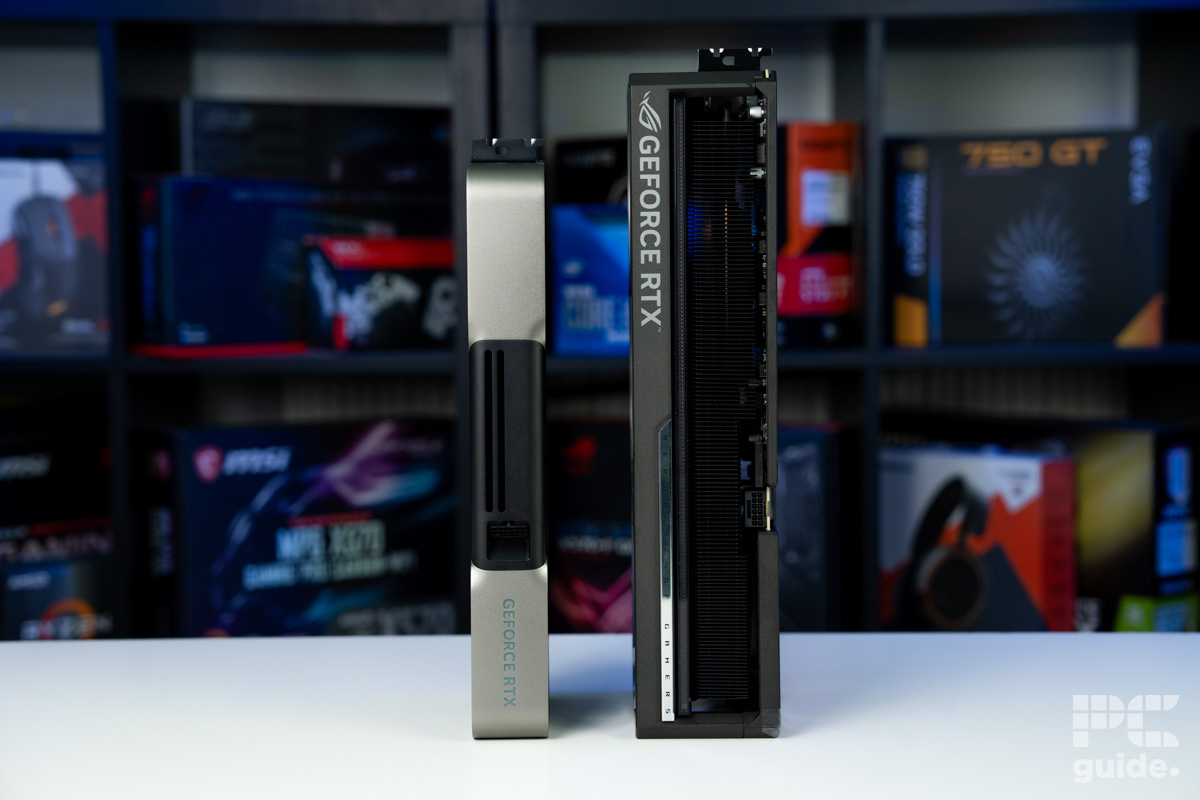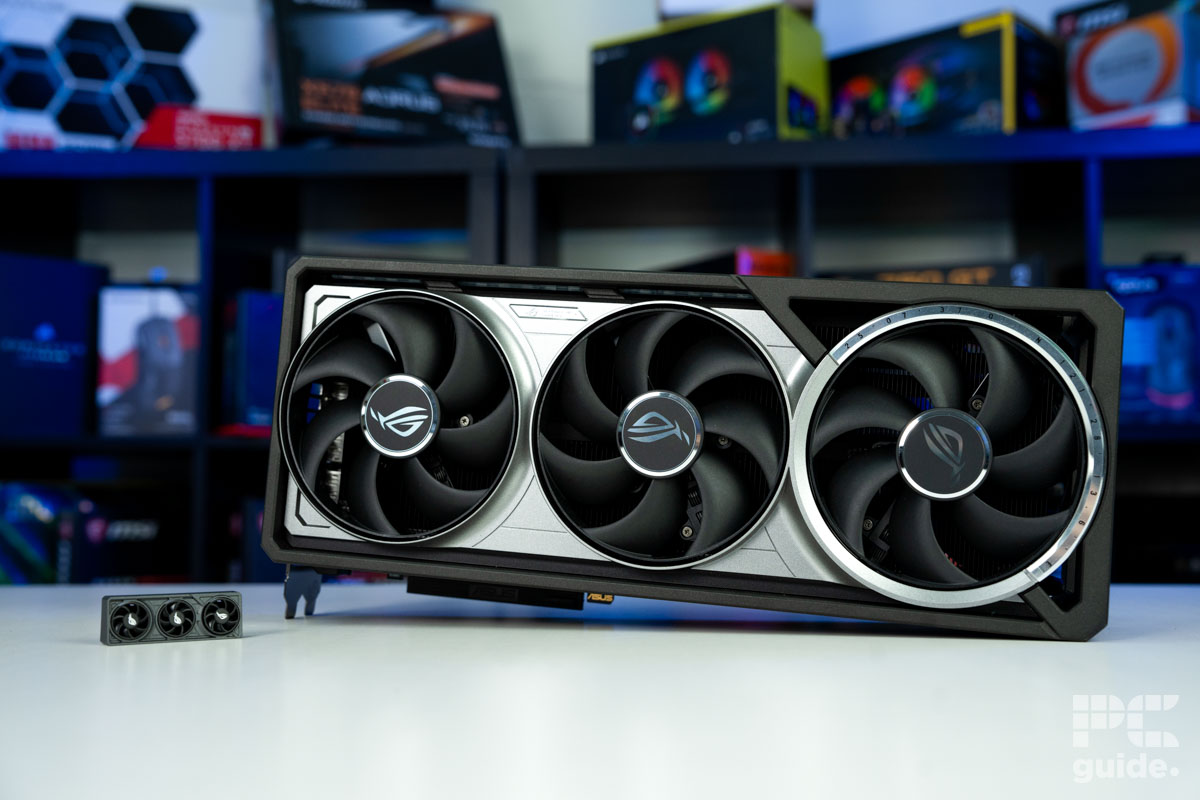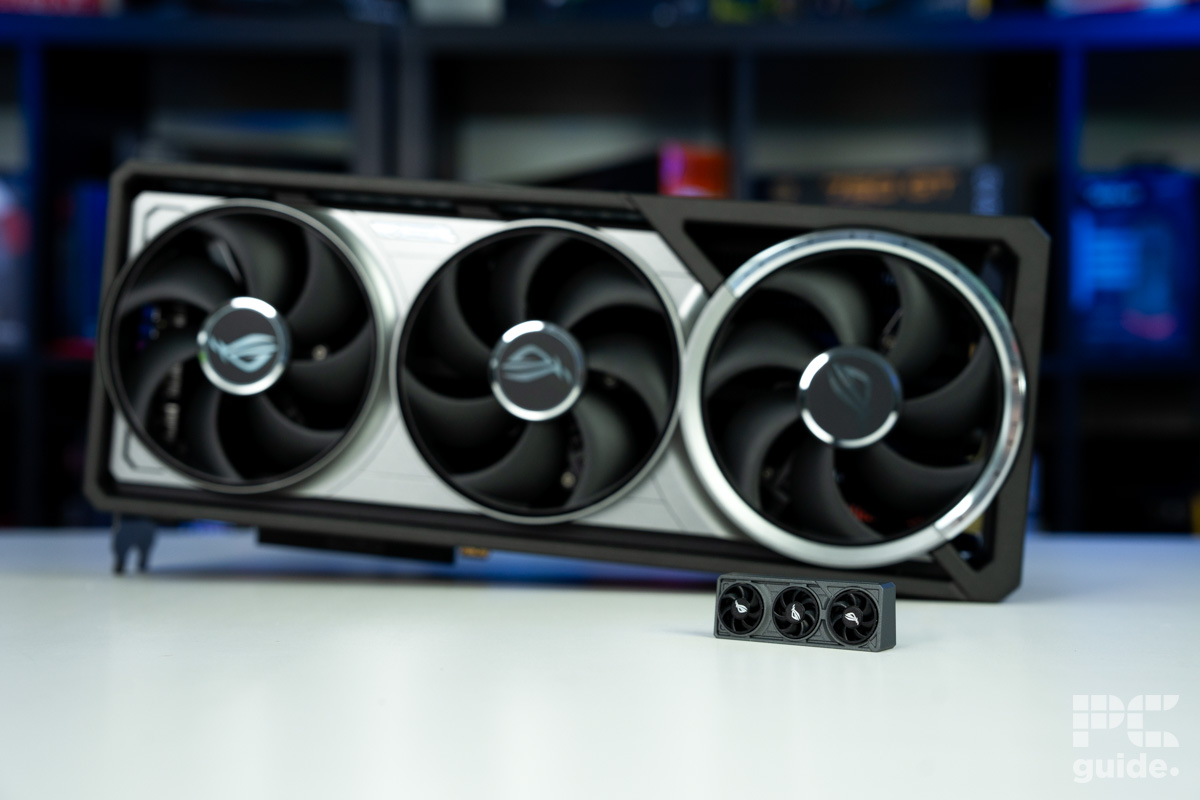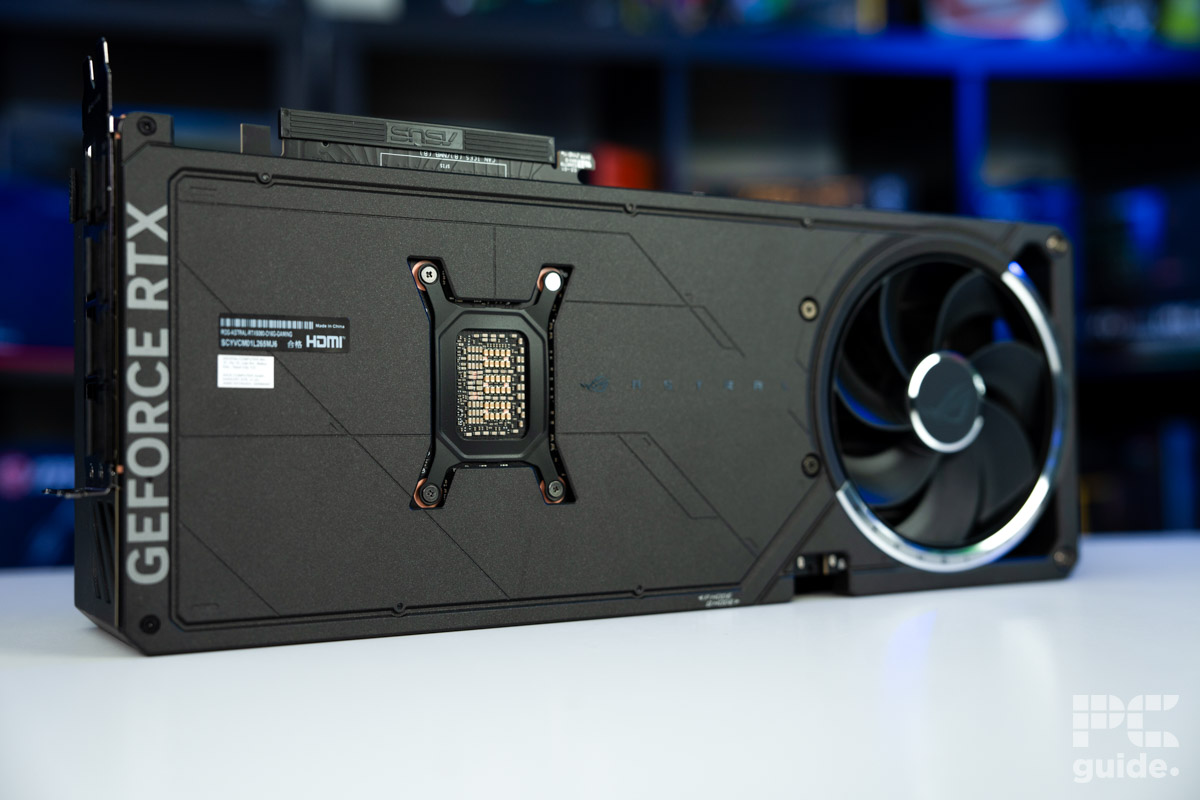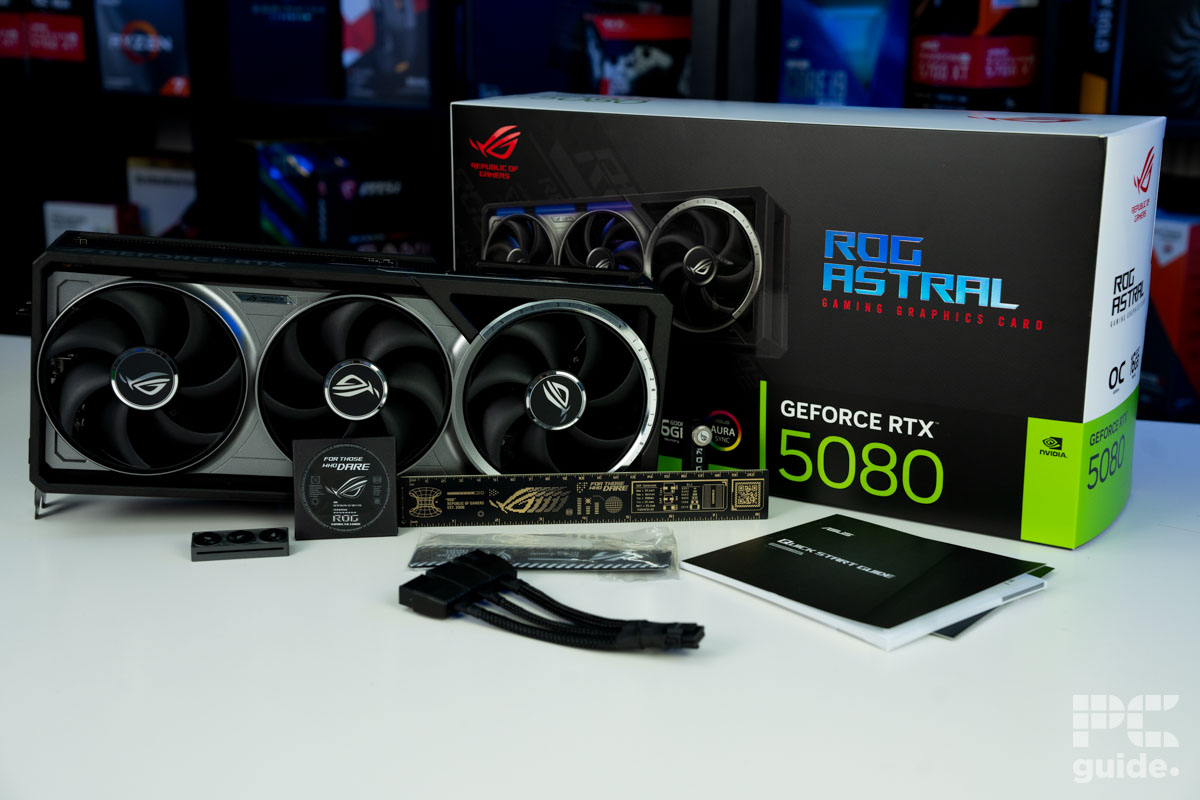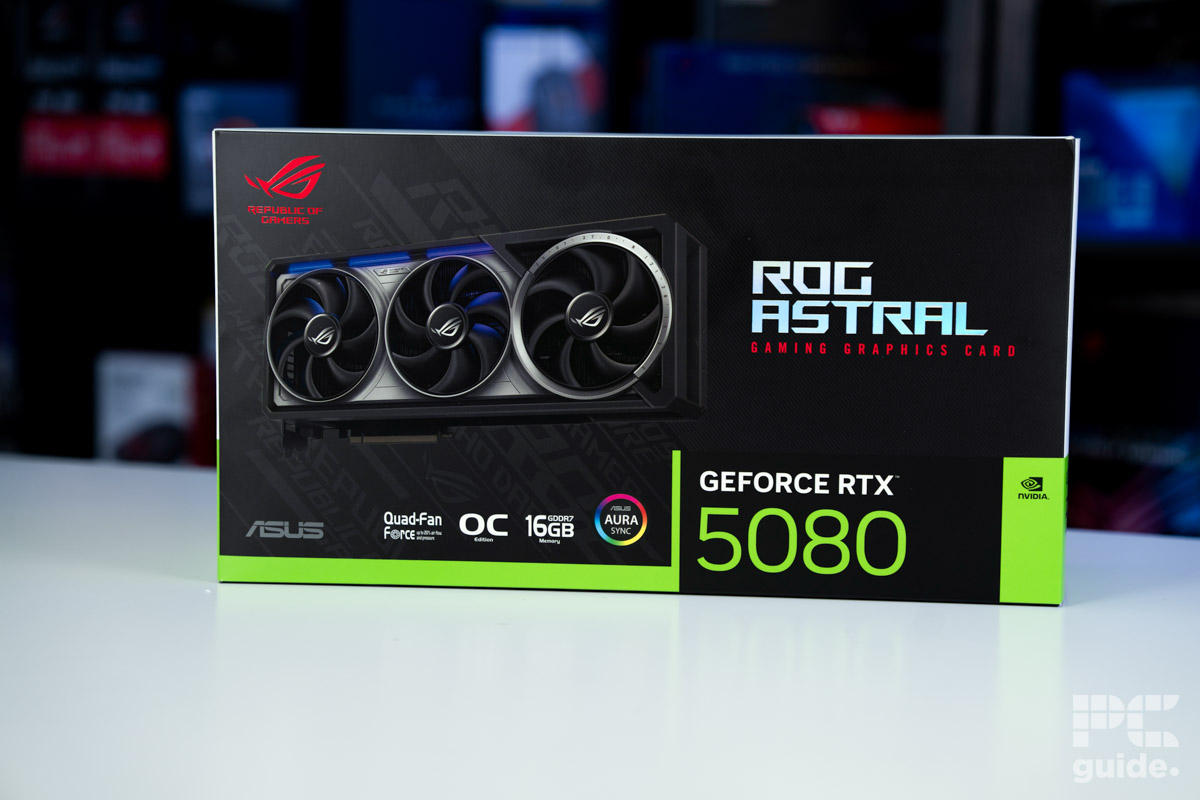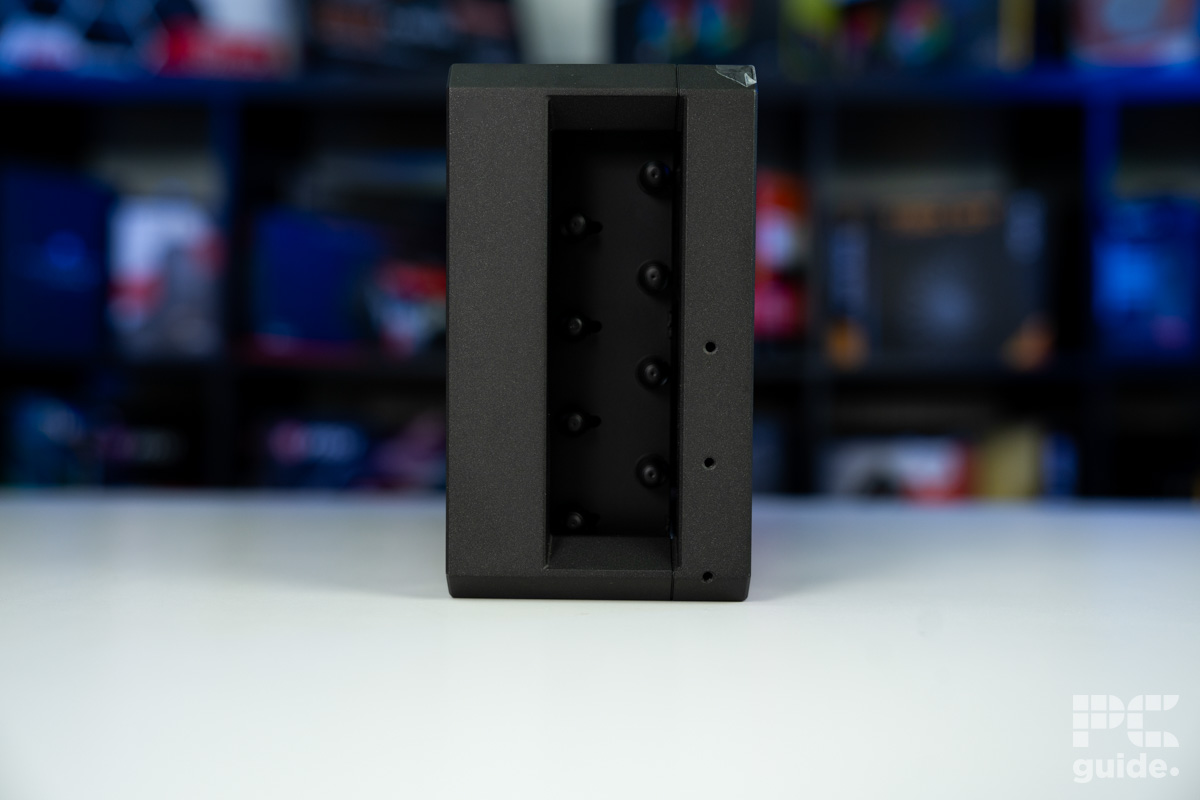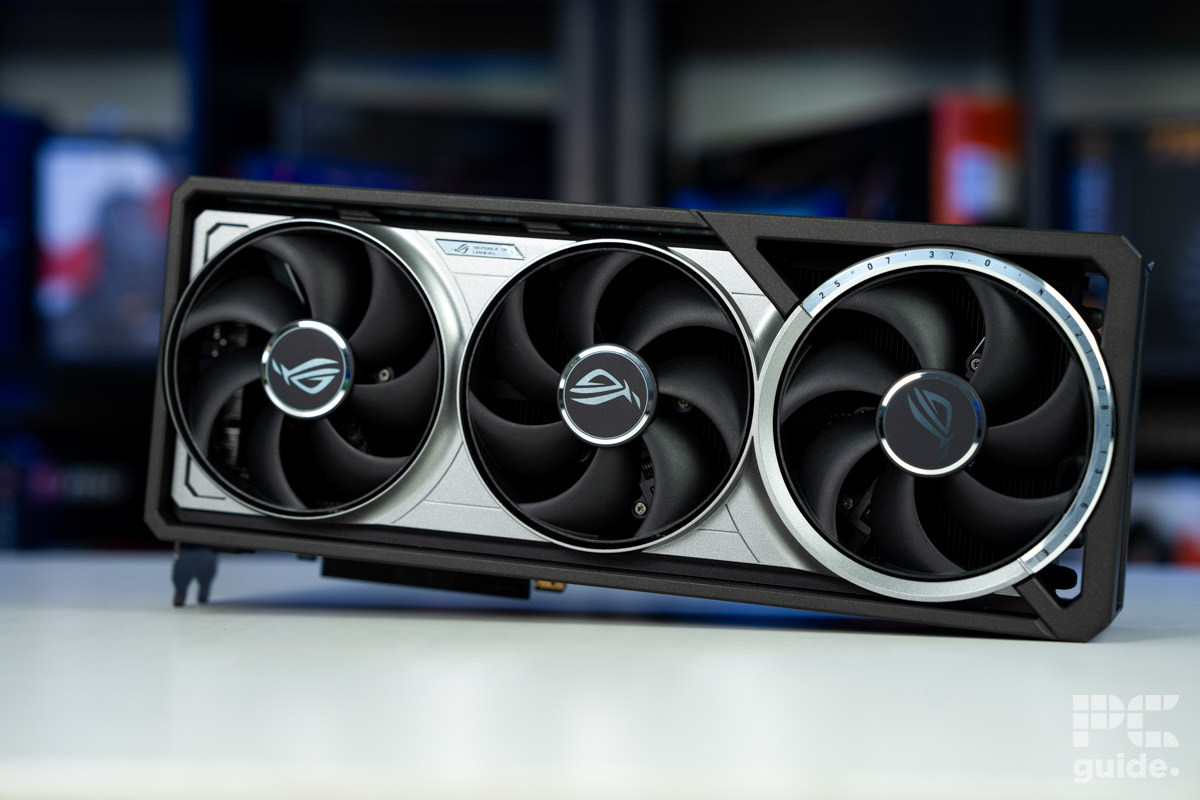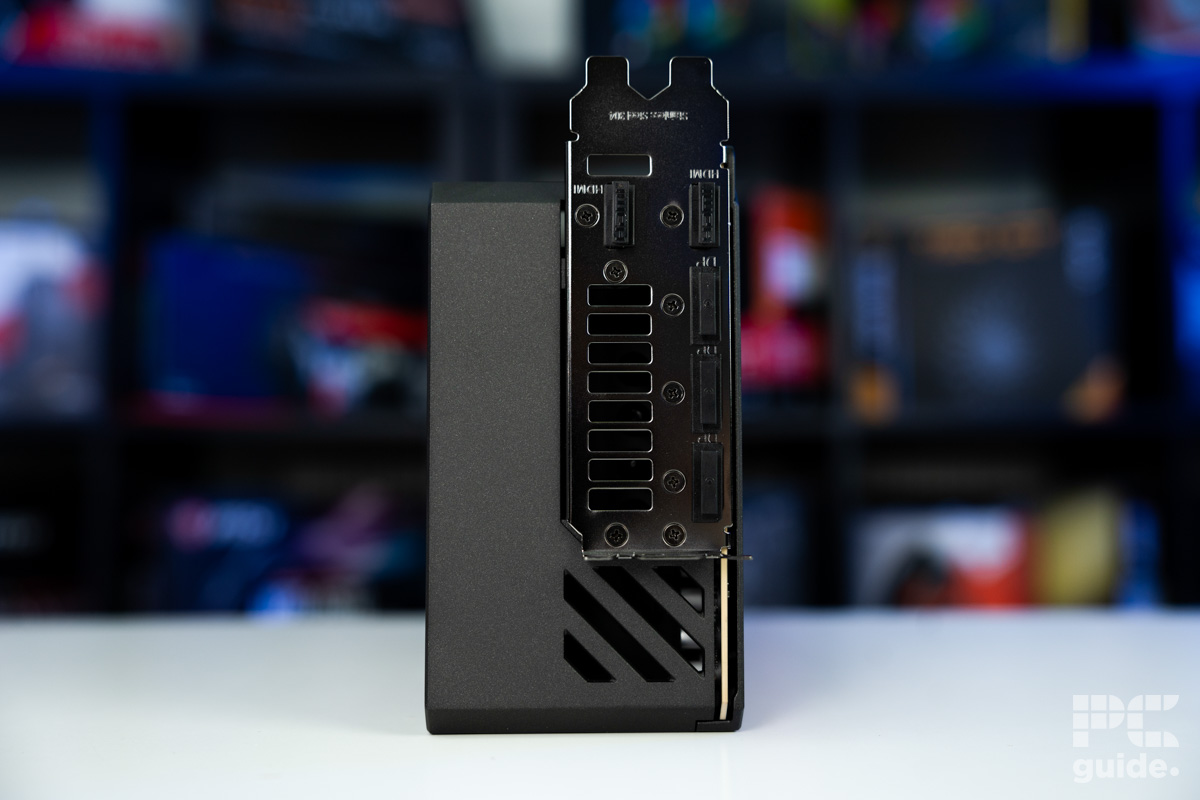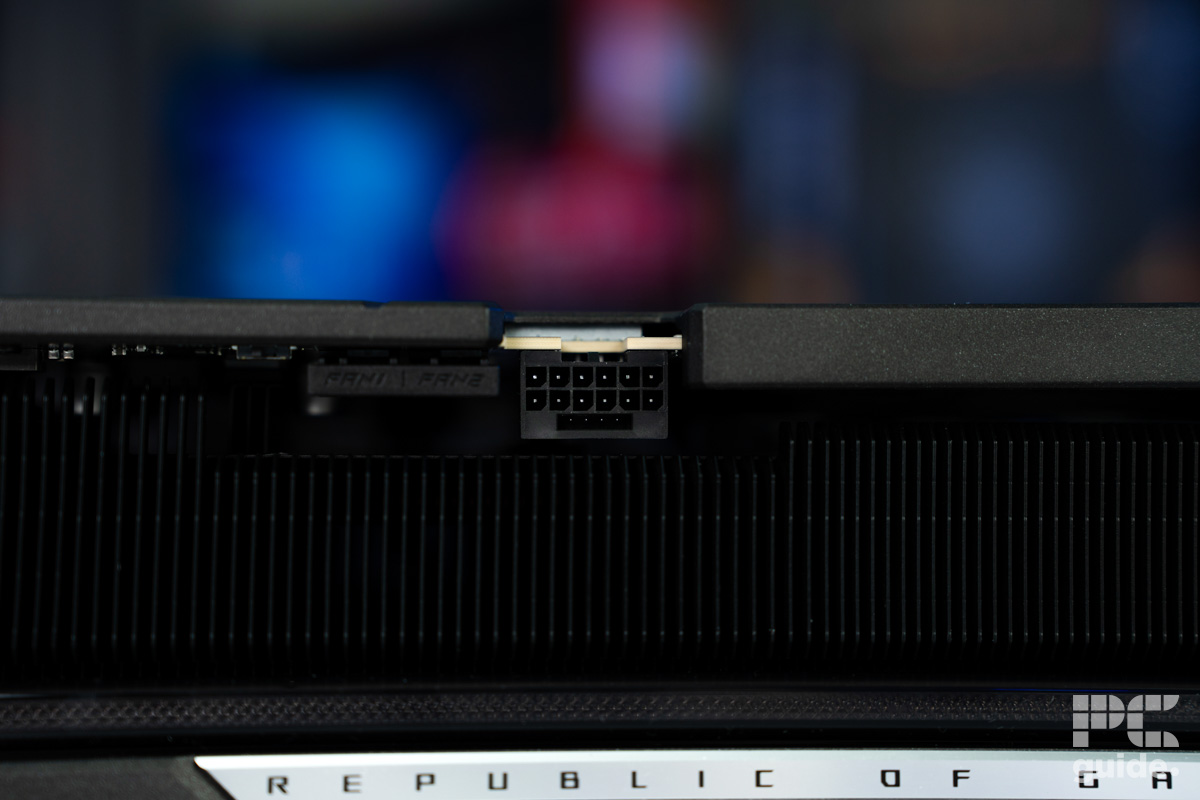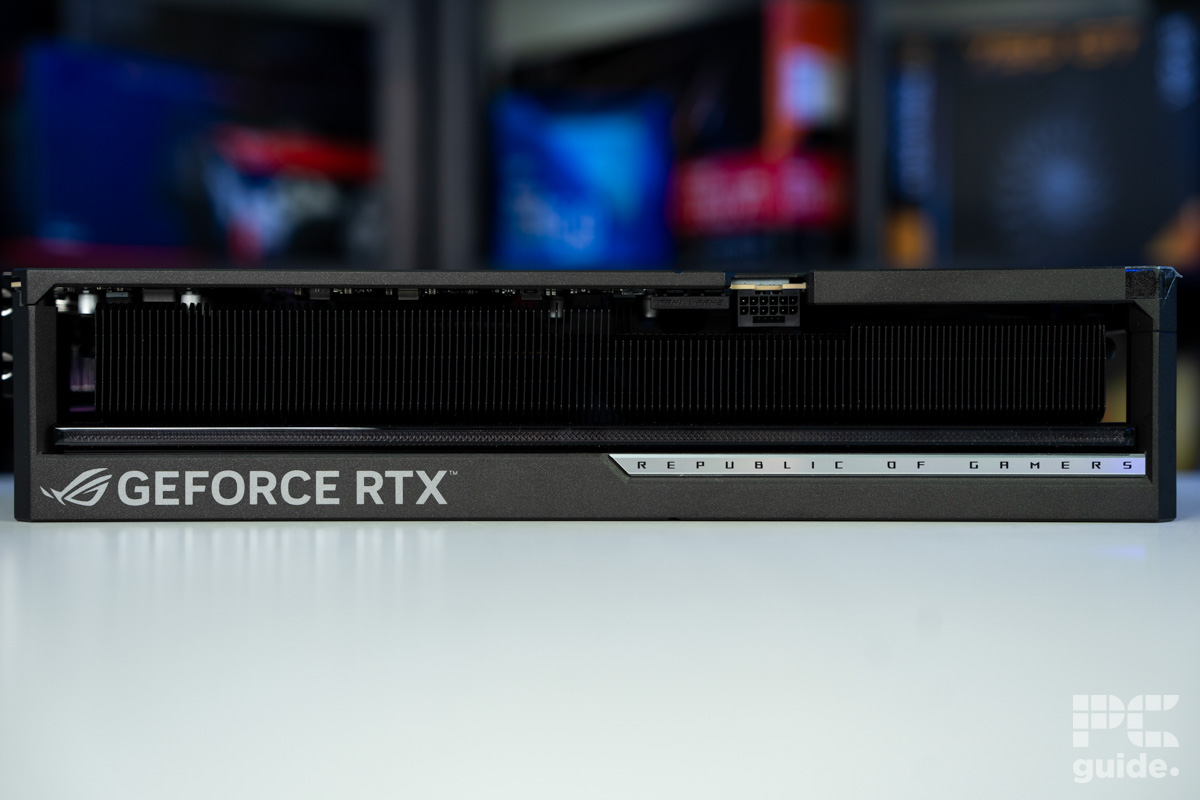Best GPU for Ryzen 9 9950X – our top Nvidia and AMD picks
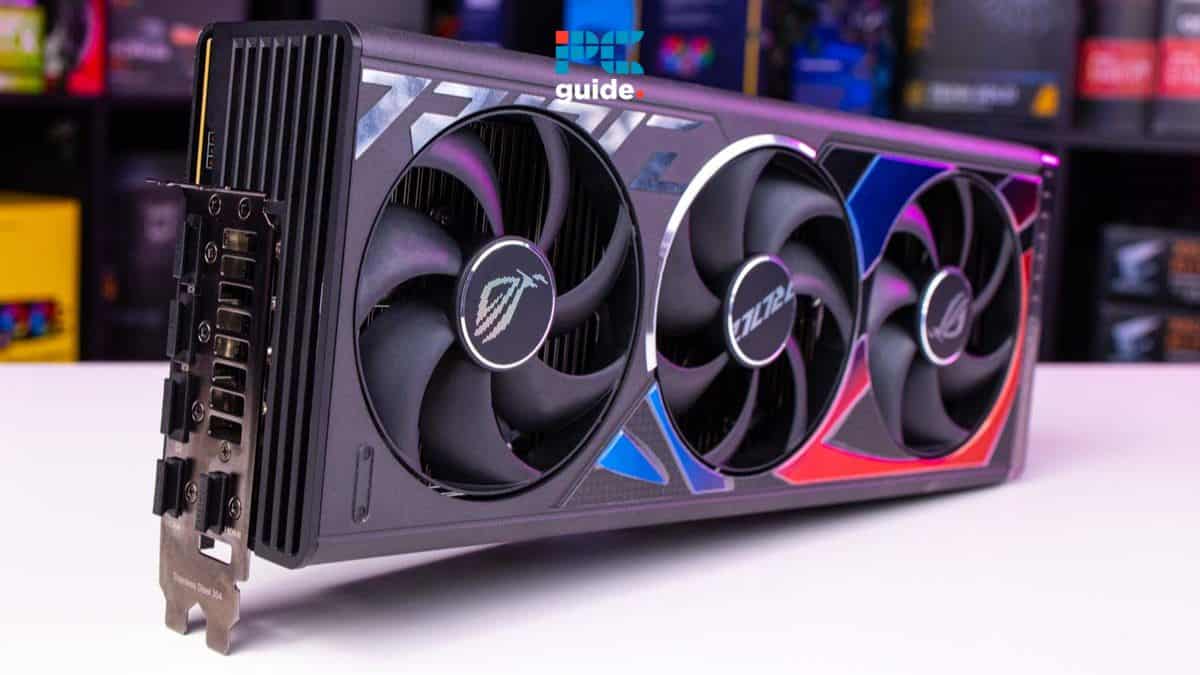
Table of Contents
The Ryzen 9 9950X is the flagship CPU of AMD's 9000 series and it is available for purchase on Amazon. The title of flagship means there is very little that makes this processor nervous. So, it goes without saying that high-definition gaming is also a piece of cake for this, but for the best experience, it needs to be paired with a GPU that complements its processing capabilities.
We’ve selected a number of GPUs that we’ve reviewed here at PC Guide that we think will match well with the new processor. If you’re interested in exploring how we test GPUs, we’ve got you covered there as well.
You'll find multiple GPU options along with their details, reviews, and pros and cons, which is everything you need to make an informed decision. So, without further ado, let's get right into it. In case you want to order a 9950X as soon as possible, we’ve got your back.
-
Best GPU for 9950X overall
ASUS TUF Gaming GeForce RTX 5090 OC Edition
- GPU: GB202
- CUDA cores: 21,760
- VRAM: 32GB GDDR7
- Memory Bus width: 512-bit
- Base clock speed: 2010MHz
- Boost clock speed: TBD
-
Best AMD GPU for 9950X
ASUS Prime RX 9070 XT OC
- GPU: Navi 48 XT
- Stream Processors: 4,096
- VRAM: 16GB GDDR6
- Memory Bus Width: 256-bit
- Base/Game/Boost clock speed: 1,660/2,400/2,970 MHz
- TBP: 304W
-
Best Nvidia runner-up GPU for 9950X
ROG Astral GeForce RTX 5080 OC
- GPU: GB203
- CUDA Cores: 10,752
- VRAM: 16GB GDDR7
- Memory Bus Width: 256 bit
- Base Clock Speed: 2,295 MHz
- Boost Clock Speed: 2,790 MHz
-
Best AMD runner-up GPU for 9950X
ASUS TUF Gaming Radeon RX 7900 XTX OC
- GPU: Navi 31
- Stream Processors: 6,144
- VRAM: 24GB GDDR6
- Memory bus width: 384-bit
- Bandwidth: 960 GB/s
- Base clock speed: 1,929 MHz
How we picked
We researched the market and found various options from Nvidia and AMD. We filtered those options based on their price, compatibility, performance, and other features, such as DLSS and FSR.
In addition, we also conduct rigorous in-house testing of the cards. This gives us insight into how they'll perform across various scenarios, whether in gaming or professional tasks. We're always updating our list with the latest information, so if there are better pairings than these, we'll be sure to update them, so check back with us. If you're interested in learning about our testing process, head over to the PC Guide Testing lab for more details.
Our top picks

- GPU: GB202
- CUDA cores: 21,760
- VRAM: 32GB GDDR7
- Memory Bus width: 512-bit
- Base clock speed: 2010MHz
- Boost clock speed: TBD
- Fastest GPU on the market
- Can support gaming up to 8K
- PCIe 5.0 support
- Incredible performance
- Eye-wateringly expensive
- Hard to find in-stock
- Very power-hungry
- Needs top-spec CPU and PSU to support it
The Ryzen 9 9950X is a high-end CPU. If you want the absolute best performance you possibly can, you will need to pair it with an equally powerful graphics card. The RTX 5090 is the absolute best that money can buy in the GPU market right now.
The RTX 5090 comes with 21,760 CUDA cores, 32 GB of GDDR7 VRAM on a 512 memory bus and a Boost Clock of 2407 MHz. These numbers eclipse anything else currently available in the consumer market.
Benchmark tests show some truly mind-boggling performance figures. Though the RTX 5090 has yet to grace our testing bench, figures obtained from Tech Radar showed some very impressive numbers. We'll be sure to update this section as soon as the RTX 5090 has gone through our testing process.
in Counterstrike 2, it can pull an eye-watering 518 FPS in 1440p on Very High presets. The only thing to get anywhere close is its direct predecessor, the RTX 4090 with 480 FPS. Even on graphically heavy titles like Black Myth Wukong, the RTX 5090 can produce an average of 99 FPS at 2160p on maximum settings, outpacing every other GPU tested.
The main problems with the RTX 5090 are twofold. Firstly, it is incredibly expensive, even at MSRP it will take a big chunk out of your wallet. The second problem is availability. RTX 5090s are very hard to find, and when you do, expect to pay over the odds as ongoing supply issues have pushed prices way up.
For the majority of users, the RTX 5090 is probably overkill and expensive overkill at that. However, it is still the reigning king of GPU performance.

- GPU: Navi 48 XT
- Stream Processors: 4,096
- VRAM: 16GB GDDR6
- Memory Bus Width: 256-bit
- Base/Game/Boost clock speed: 1,660/2,400/2,970 MHz
- TBP: 304W
- Great performance even at 4K and reaching RTX 4080 levels
- Excellent MSRP makes it much more appealing against competition
- Incredible improvements over the previous generation
- Plenty of VRAM for the price
- Still falls behind in ray tracing, AI, and creative workloads
- Spiking and high power draw
- Features not as extensive as Nvidia
AMD has managed to score a big win in this generation of graphics cards. Thanks to some great specifications, improved FSR suite, better availability, and lower price, the Radeon RX 9070 XT has been in high demand.
This is one of the most popular GPUs that AMD has ever produced, and it has received glowing reviews to demonstrate why. Though this is an upper-mid-range card, it can still deliver some impressive performance, particularly at 1080p or 1440p.
For instance, in F1 2024 on Ultra High settings, it produces an Average of 131 FPS at 1440p. This is compared to its direct rival, the Nvidia RTX 5070, which manages only 95 FPS. It can still pull respectable figures when pushed up to 4K as shown in Horizon Zero Dawn where the RX 9070 displays 100 FPS compared to 64 FPS from the RTX 5070.
Though the FSR 4 suite is greatly improved compared to FSR 3, it does lag behind its Team Green rival, DLSS 4. Despite this, the RX 9070 XT can do a decent job in Ray Tracing scenarios. For example, in Cyberpunk 2077 at 1440p with Ray Tracing turned on, the RX 9070 XT pushed out a very respectable 129 FPS.
The RX 9070 XT has seen lower prices and more regular restocks than Nvidia RTX 50 cards, which makes it easier for customers to actually get hold of one.
- GPU: GB203
- CUDA Cores: 10,752
- VRAM: 16GB GDDR7
- Memory Bus Width: 256 bit
- Base Clock Speed: 2,295 MHz
- Boost Clock Speed: 2,790 MHz
- Improved performance across the board
- Well-designed cooler keeping temps under wraps
- Very quiet, with plenty of fans and onboard fan headers for synchronization
- Dual BIOS allows for easy switching
- Massive price increase over the 5080 MSRP
- Not a very big overclock at the end
- Huge card, that's cumbersome and heavy
Though the RTX 5090 is the single most powerful consumer GPU on the market, that doesn't mean much if you can't actually buy one. If you want an absurdly powerful GPU that stands a greater chance of actually being on store shelves, then there is the RTX 5080.
The RTX 5080 boasts 10752 CUDA cores, a Base Clock speed of 2.3GHz, 16GB of VRAM and a 256-bit memory bus. You will need a fairly beefy power supply, however, since it has a TDP of 360W.
Those impressive specs add up to some impressive performance numbers. For instance, in F1 24 in 4K with DLSS turned on, the RTX 5080 produced an astonishing 197 average FPS. In Indiana Jones and The Great Circle, 4K performance reached an average of 134 FPS.
With figures like that even at $K, it goes without saying that the RTX 5080 can eat 1080p and 1440p gaming for breakfast. Even under the heavy demands of Cyberpunk 2077 at 1440p with Ray Tracing turned on, the RTX 5080 could pull off 72 FPS on average. It even managed to stay above 30 FPS on 4K with RT turned on.
Where the RTX 5090 is overkill, the RTX 5080 can best be described as ‘just enough kill'.
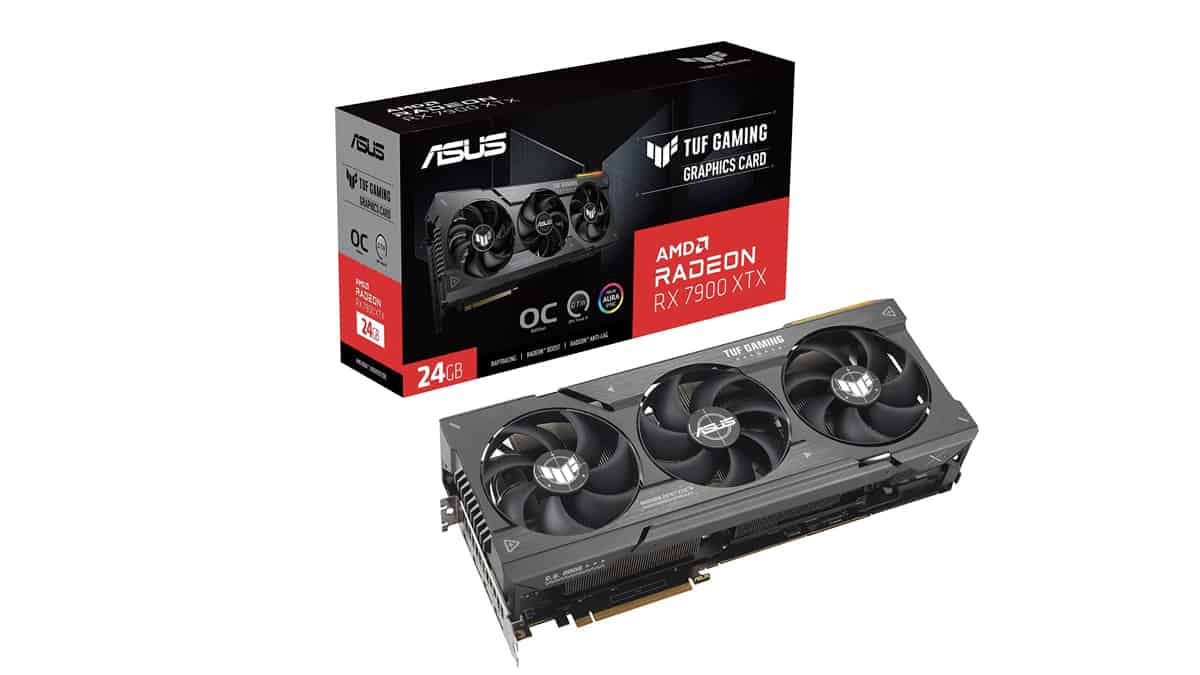
- Strong pricing
- Great 4K performance
- Bolstered by FSR 3
- Getting harder to find
- FSR 3 outdated
We’ll shift our focus to Team Red as the RX 7900XTX is also a 4K beast, which should pair well with the Ryzen 9 9950X and take advantage of technologies like AMD Smart Access Memory. In our RX 7900XTX review, it performed stellarly in synthetic and gaming benchmarks, giving the 4090 some good competition, especially at a lower price range.
For starters, this GPU features 6,144 stream processors, equivalent to Nvidia’s CUDA cores, a game frequency of 2300 MHz, a boost frequency of 2500 MHz, and 96 compute units and Ray Accelerators. What these specifications translate to is that it has all the hardware it needs to handle whatever graphical task you set in front of it.
It has a 24 GB GDDR6 VRAM with a 384-bit memory interface and a memory speed of up to 20 Gbps. What this means is that you can ramp up the in-game graphics without needing to turn down some settings.
However, if there is a game that is giving this monster some trouble, which is highly unlikely, AMD FidelityFX Super Resolution or FSR has its back. This technology uses AI upscaling and frame generation to boost framerates and low latency. According to AMD, by enabling FSR 3 Performance mode with Frame Generation, Forspoken at 4K, Ultra-high present, and RT enabled saw a decrease in latency from 81 MS to 55 MS.
On the other hand, Avatar: Frontiers of Pandora saw a 3.7x increase in FPS at 4K and 1440p. So, this GPU's software capabilities are also outstanding, and combined with a powerhouse like 9950X, there is nothing this dynamic duo can’t take care of.
During our in-house testing of this GPU, we tested it against titles like Cyberpunk 2077 and Doom Eternal, and it fared more than well. In Cyberpunk 2077, it delivered 70 and 137 FPS at 4K and 1440p, while in Doom Eternal, a much more optimized game, it churned out 227 and 378 FPS in the same resolutions.
One thing to note is that our testing is done natively without any use of upscaling features like FSR or DLSS. So, considering that the 7900XTX had incredible performance, and the fact that it costs less than the 4090 makes it even better for people looking to game at 4K. So, for the 9950X, this graphics card is one of the best, and an all-AMD build has its own charm.
How to select the best GPU for 9950X
Selecting a GPU for any game, task, or processor sounds like a simple task, but a handful of factors come into play, and ones you need to consider before making a decision. Spending your money on the most decked-out options isn't wise, as unless you have an enthusiast build, you won't need all that firepower. So, to help you make an informed decision, we've listed some of the factors below.
Cooling solutions
The Ryzen 9 9950X is a powerful CPU with a TDP of 170W, which is justified given its specifications. So, it would make sense that you're looking to pair a high-end Nvidia or AMD GPU that would complement it, but those GPUs also come with a high TDP.
So, to keep your components from overheating, which can impact their performance, ensure that you have a PC case large enough to accommodate the GPUs and house a robust cooling solution like the best water cooling kit or 140mm case fans.
Budget
If you've got a Ryzen 9 9950X on your hands, there is a good chance that the budget isn't a big concern for you, but if you're looking to buy the 9950X and a GPU with it, that is something you need to consider.
The 9950X is likely not going to be pocket-friendly, and neither is a high-end GPU. That said, this processor should be capable enough to be paired with a mid-range GPU like the RTX 4070 Super without bottlenecking the other.
This should help keep the costs under control, especially if you're switching to the AM5 platform from LGA 1700 or AM4.
